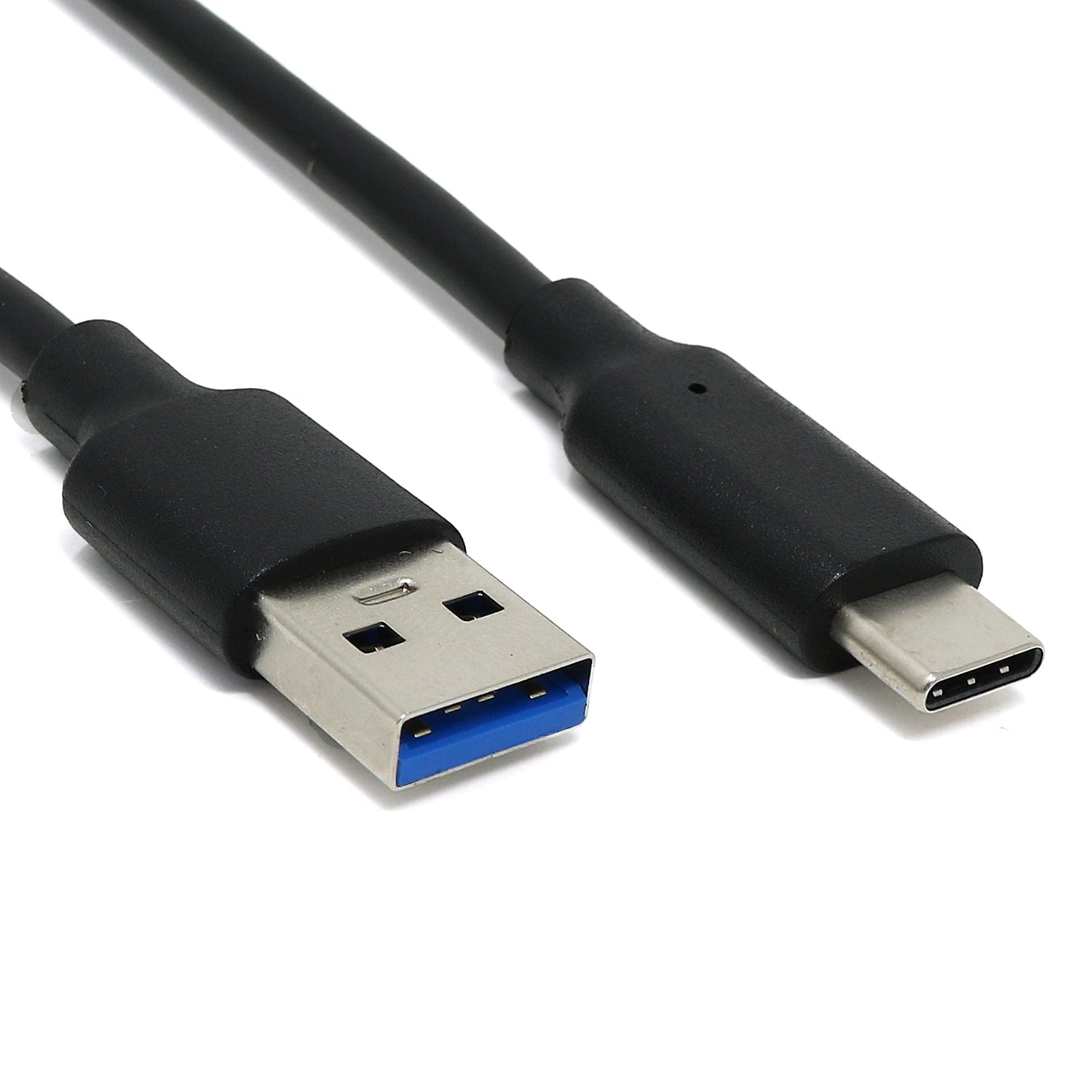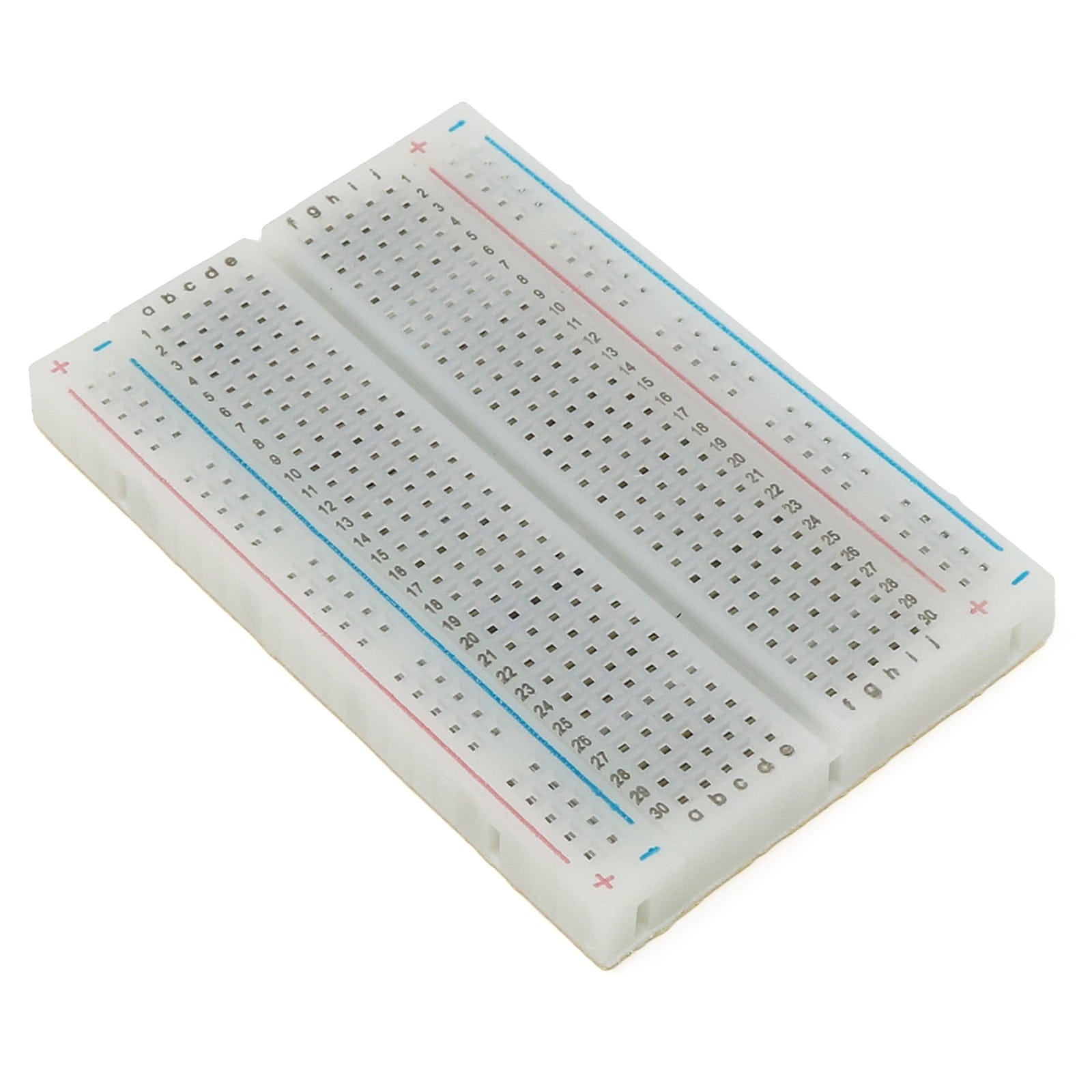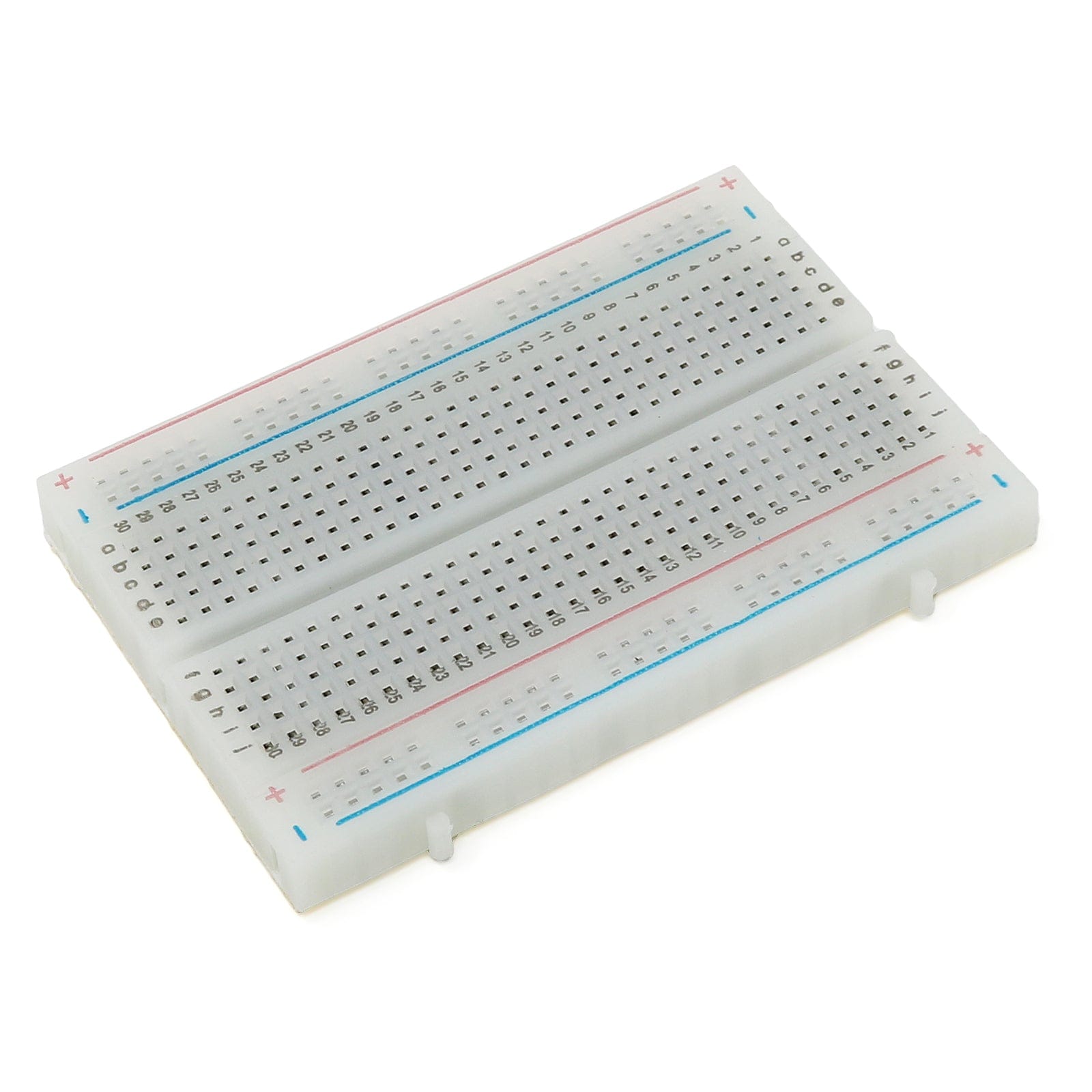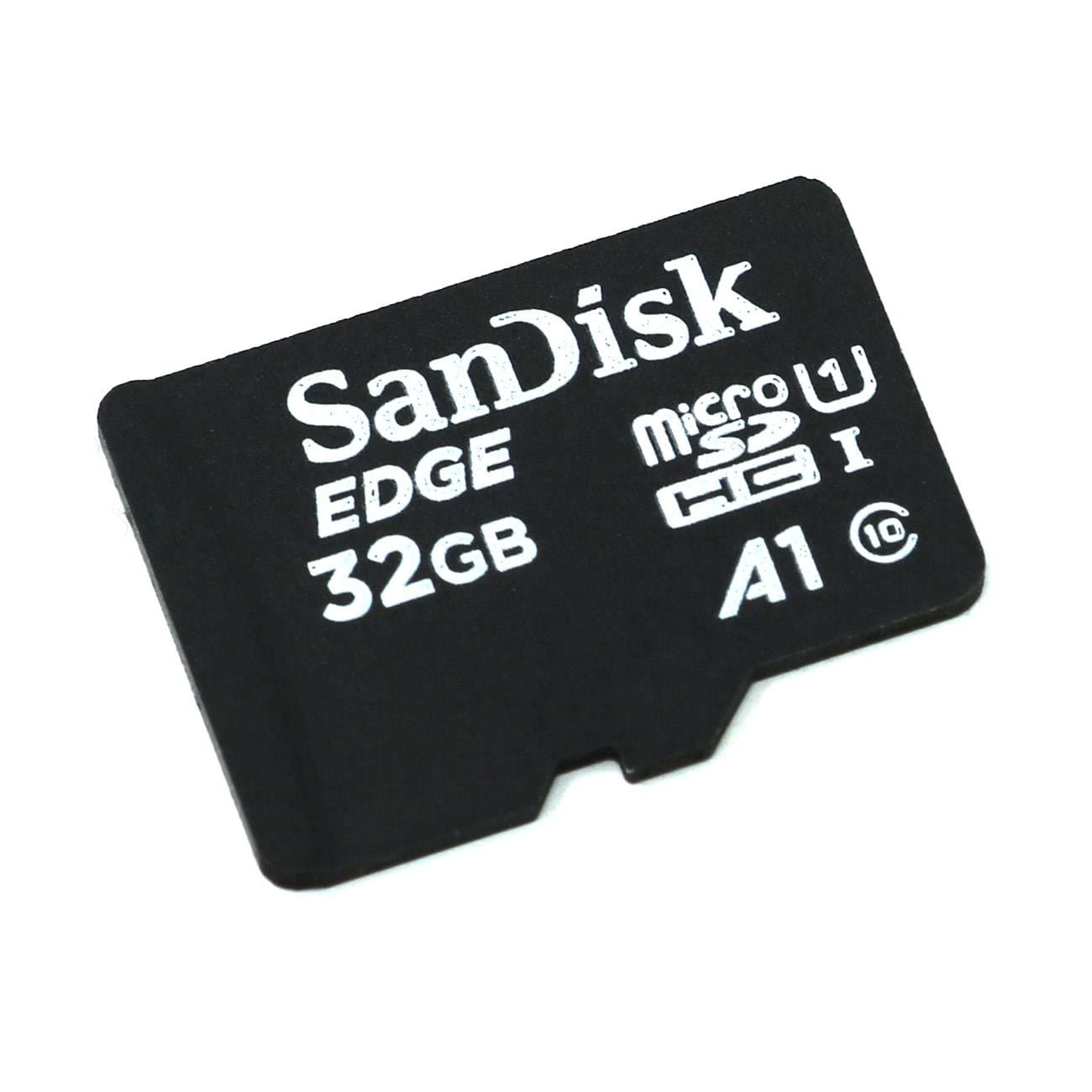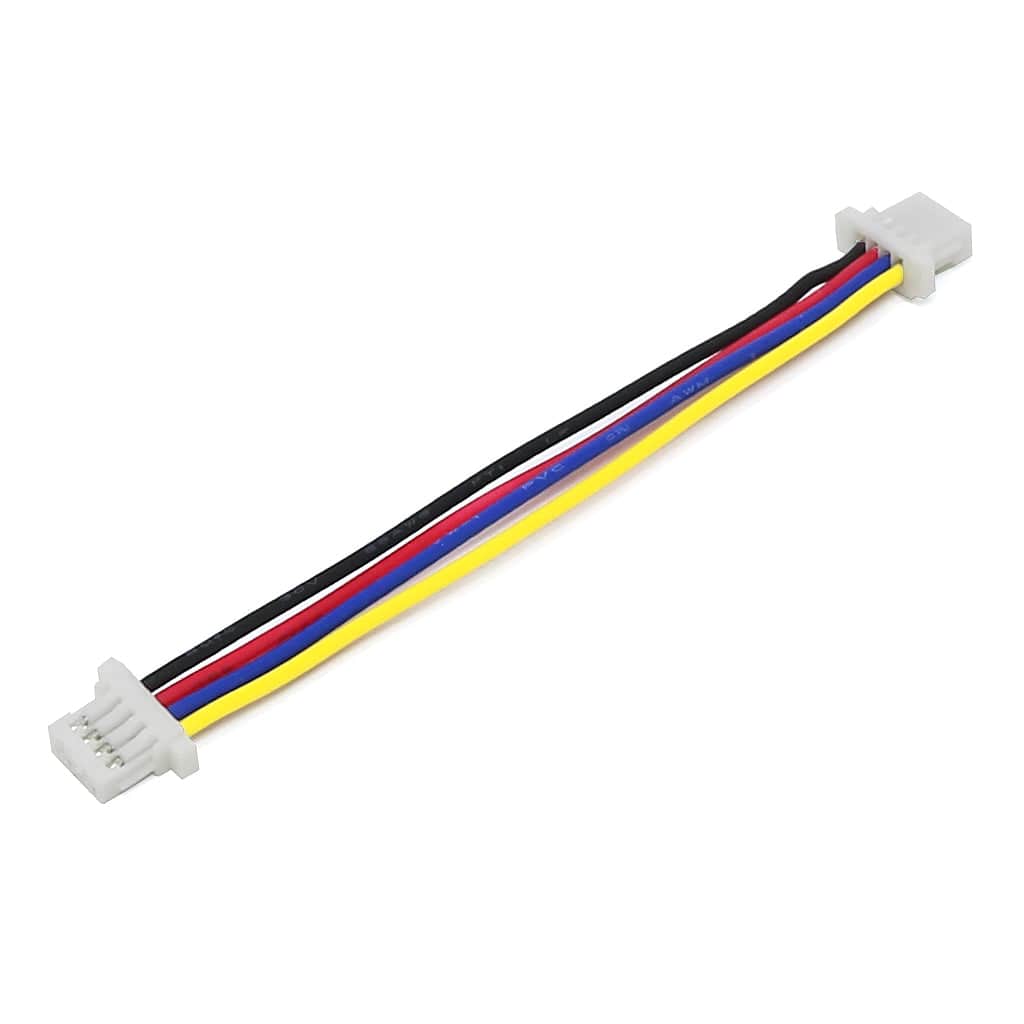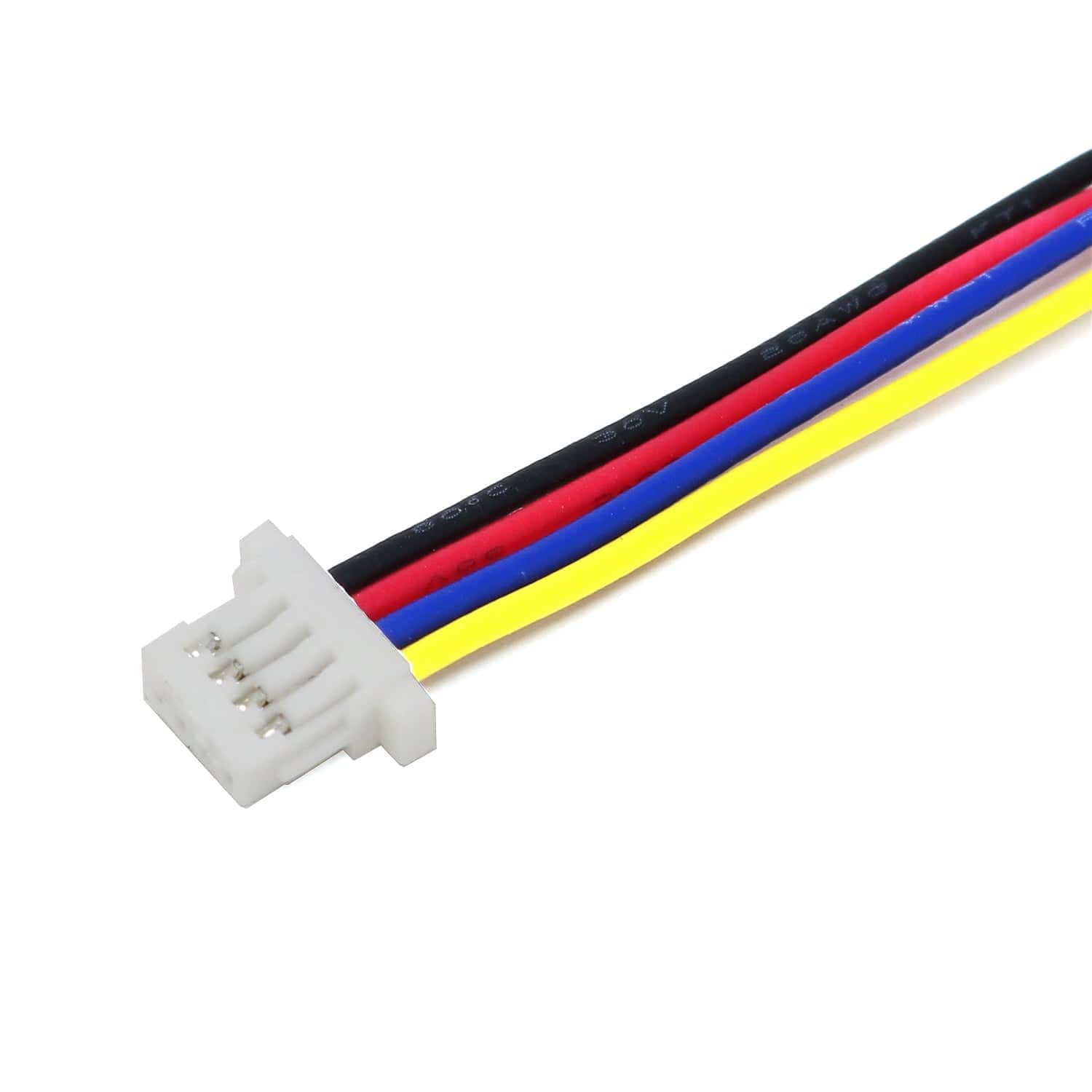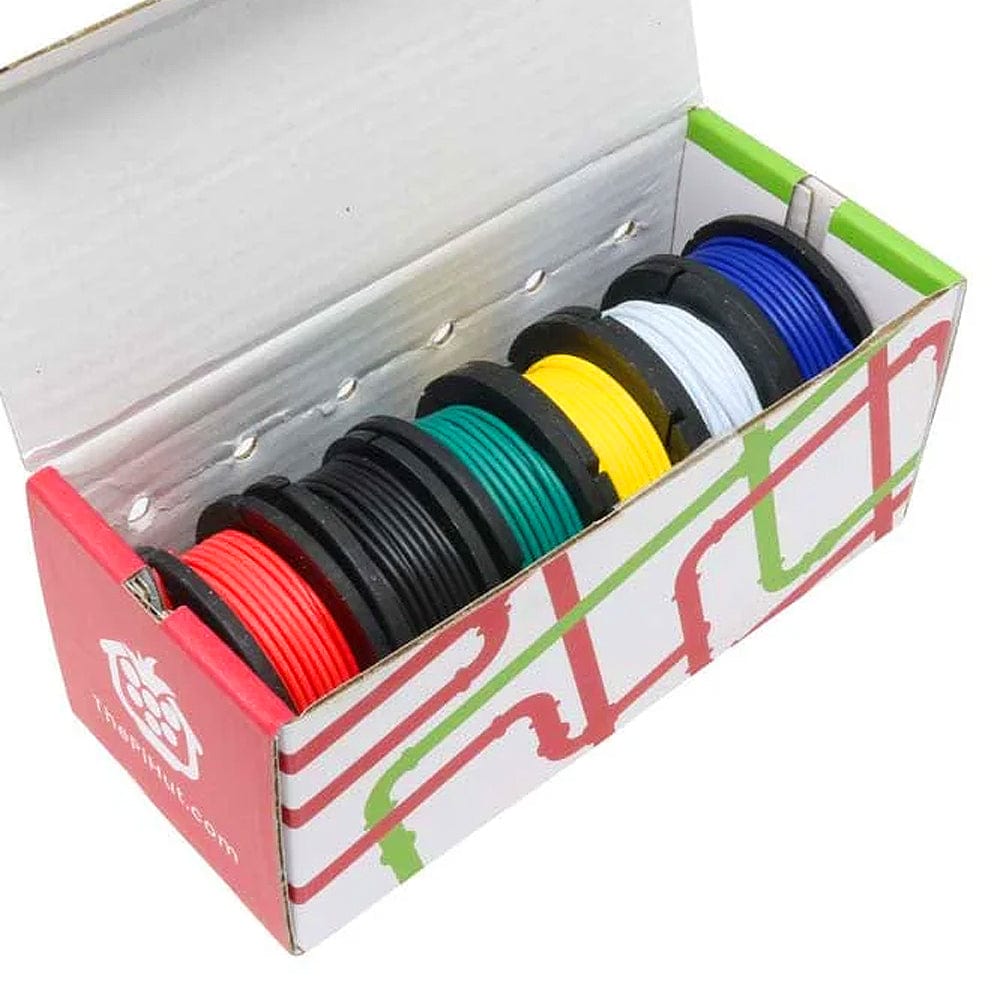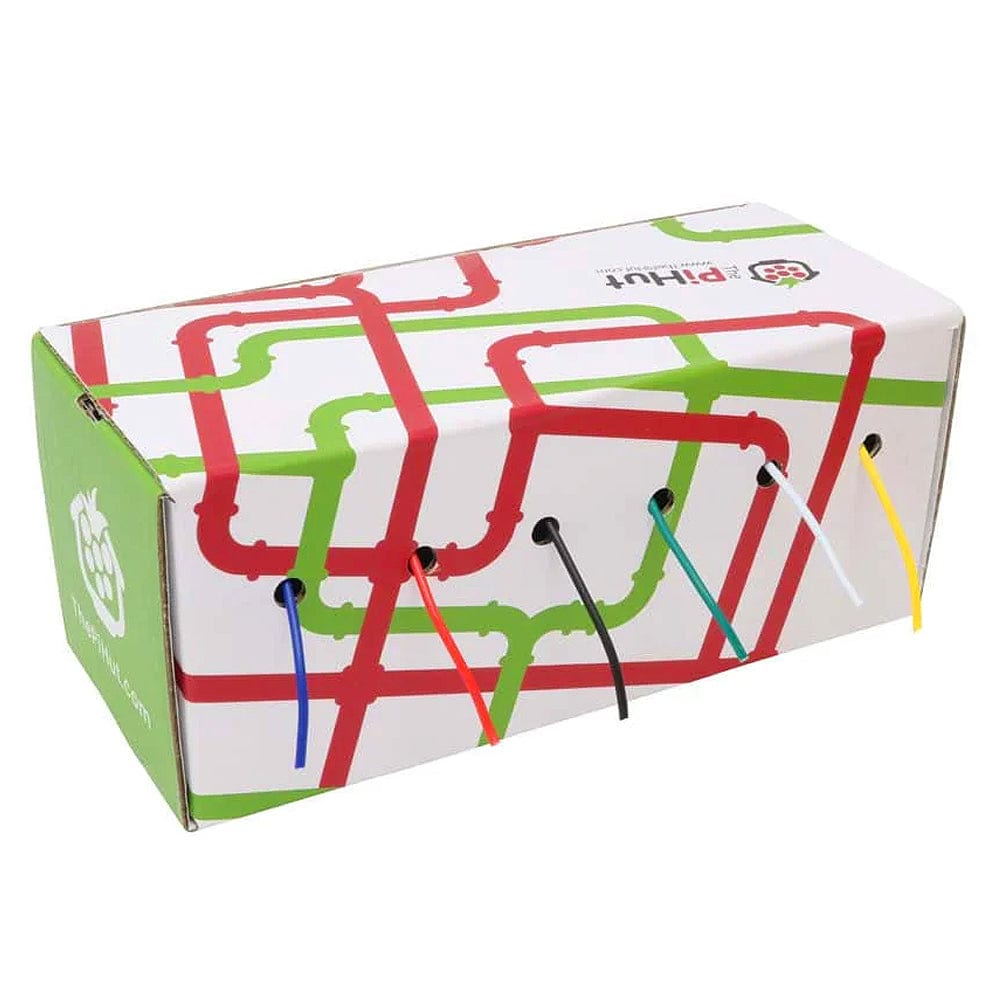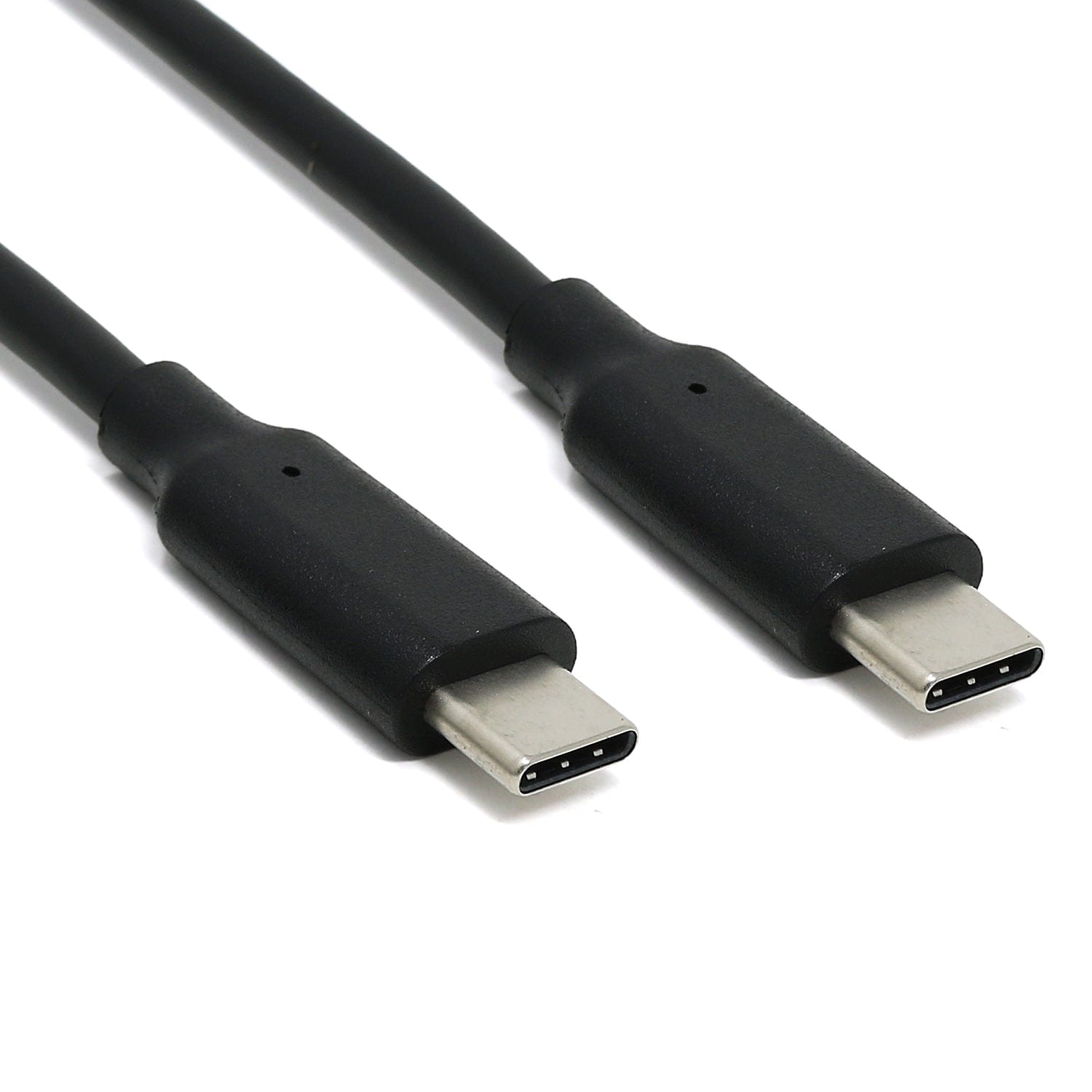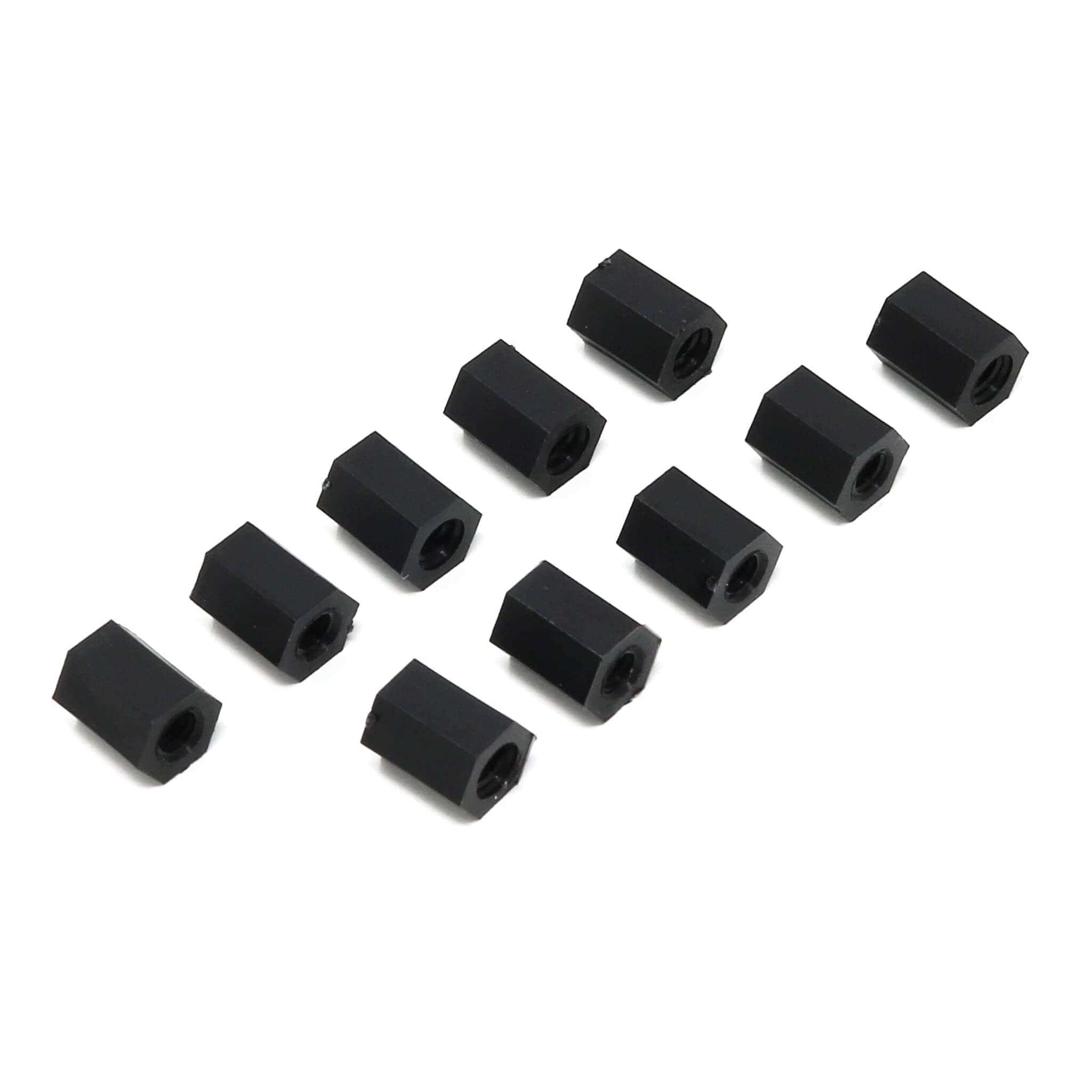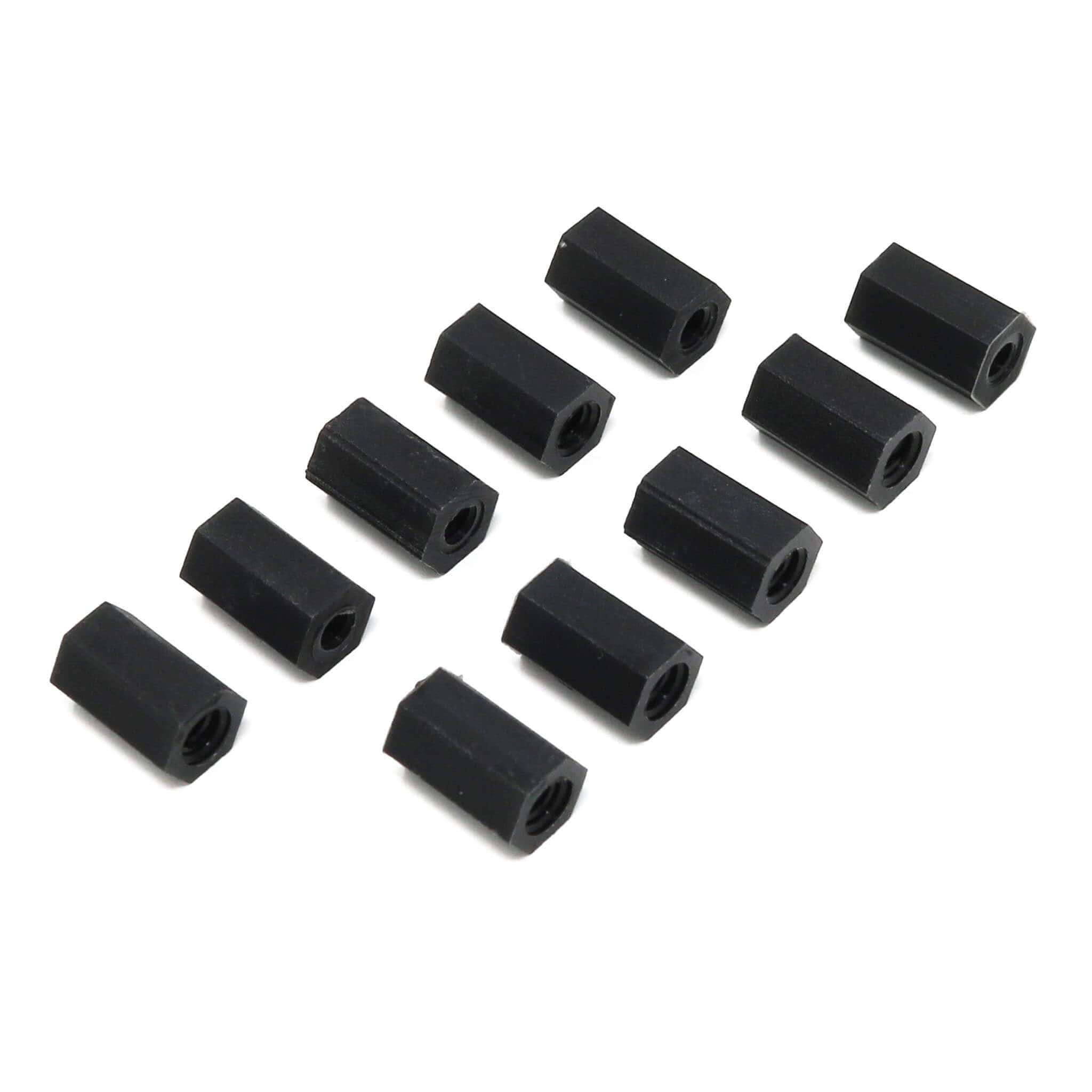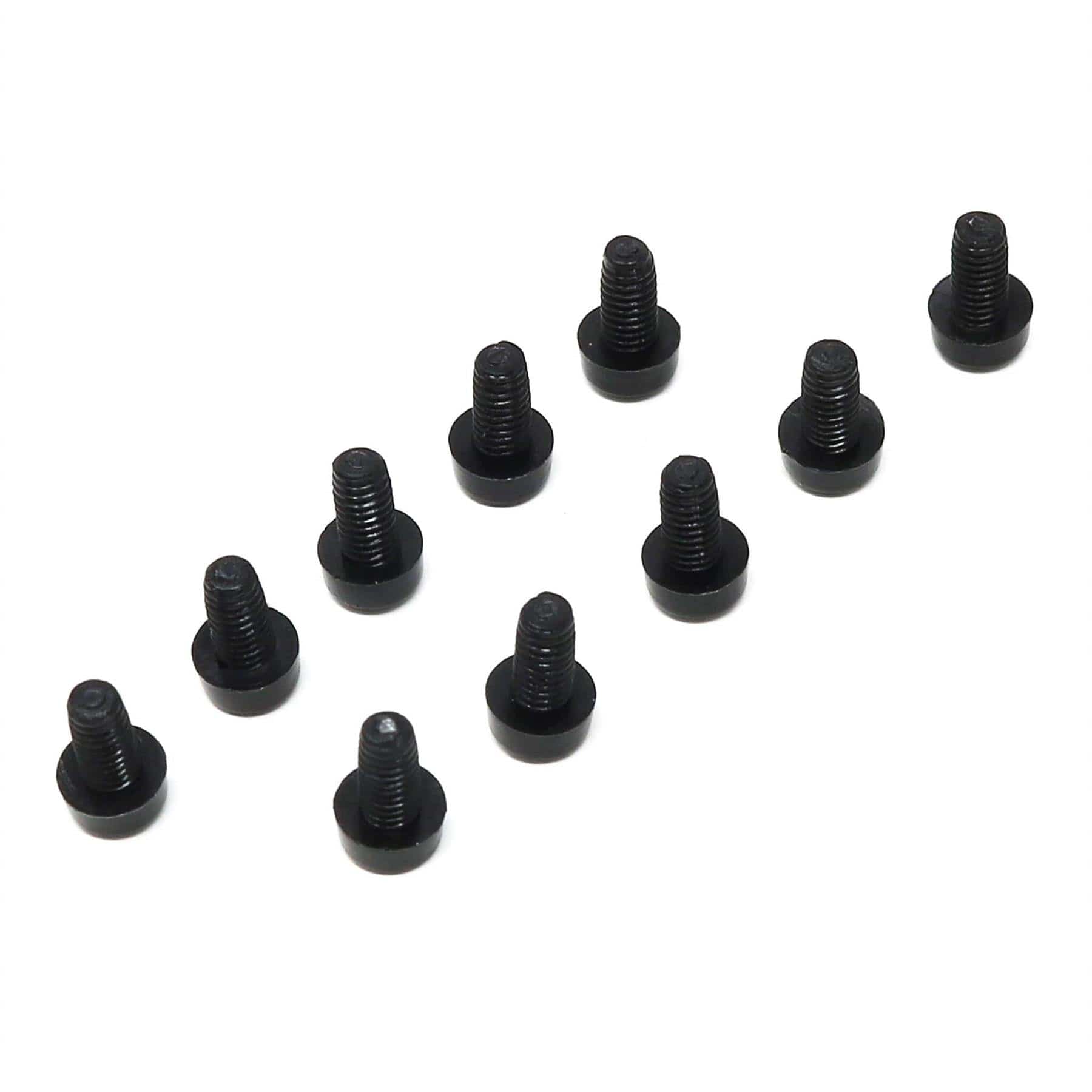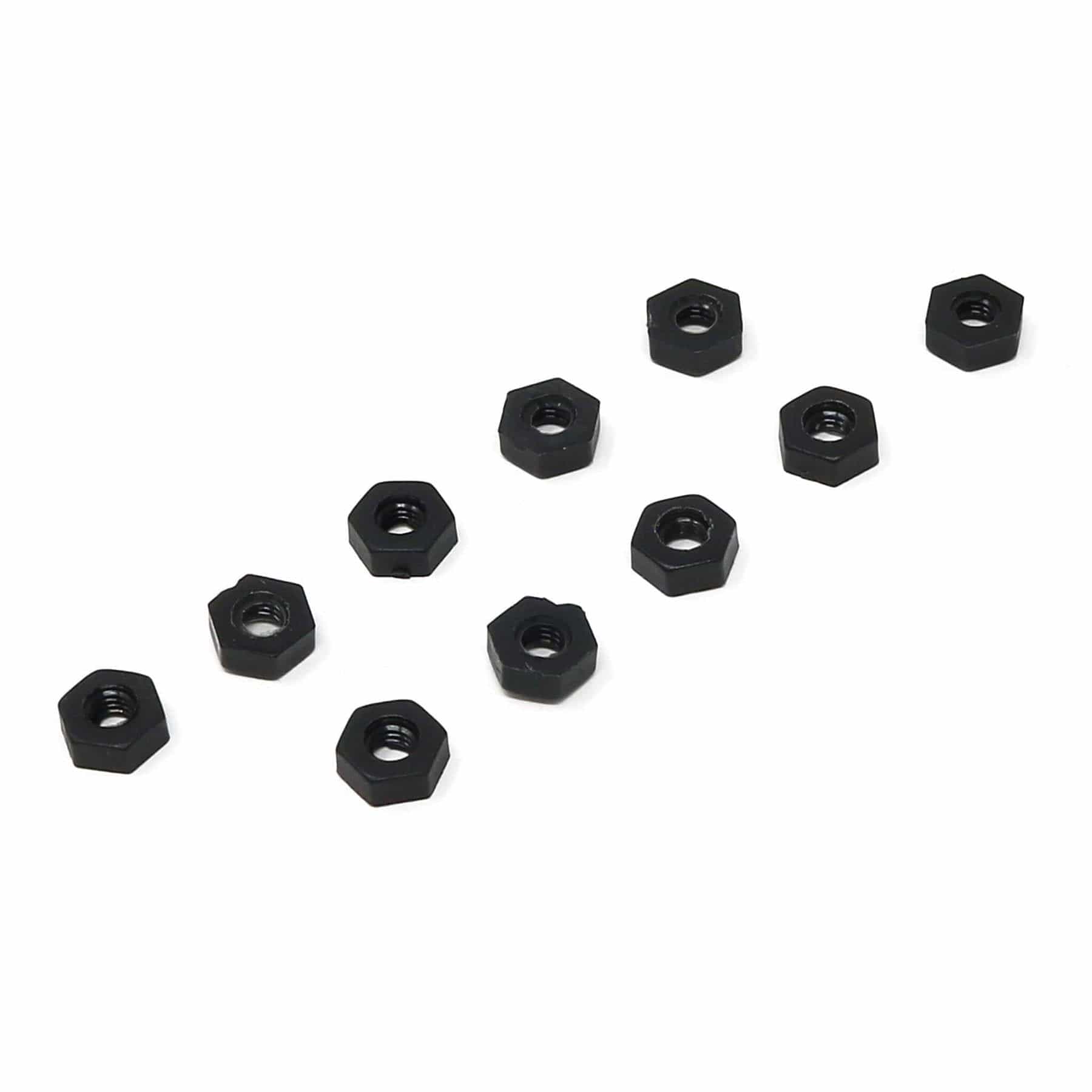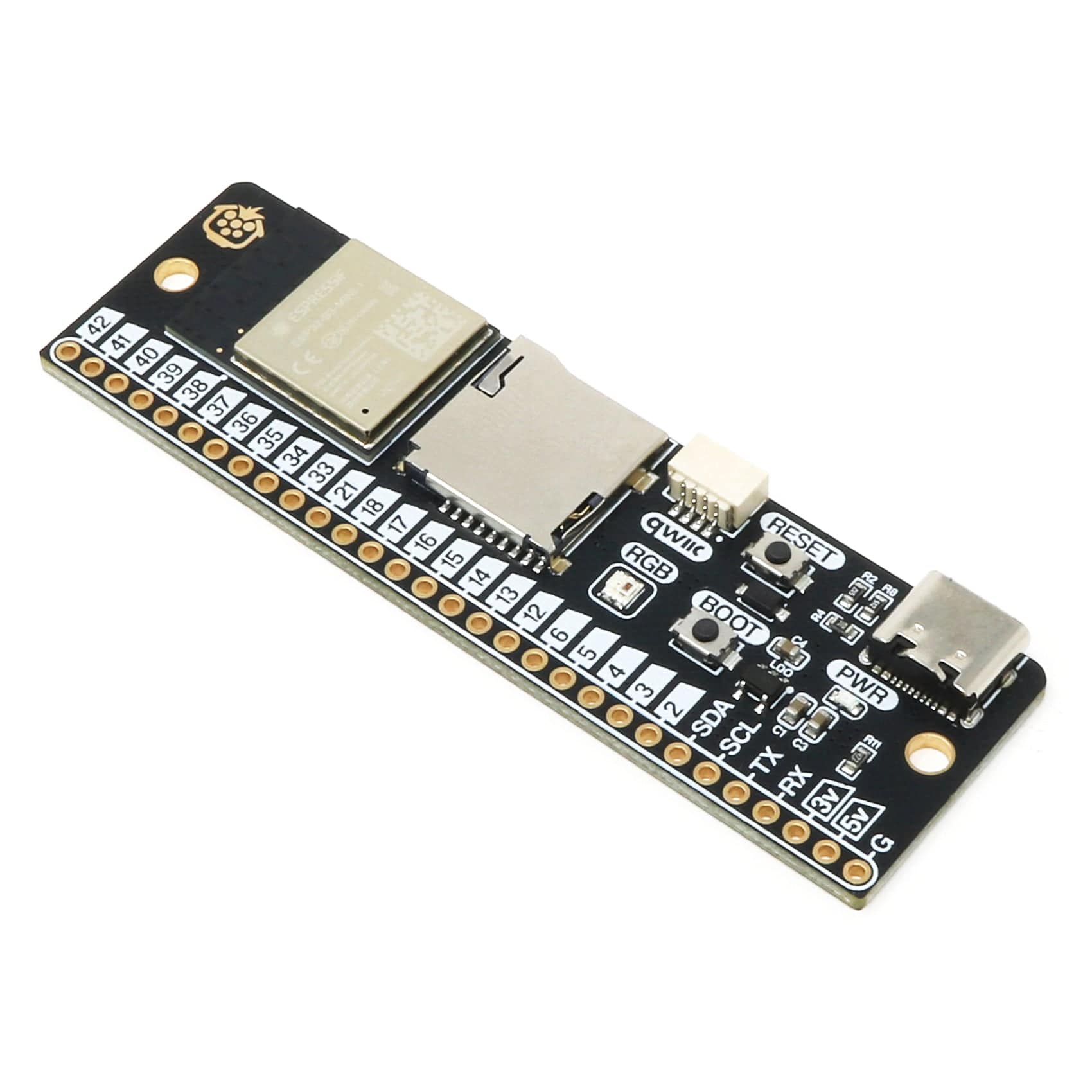

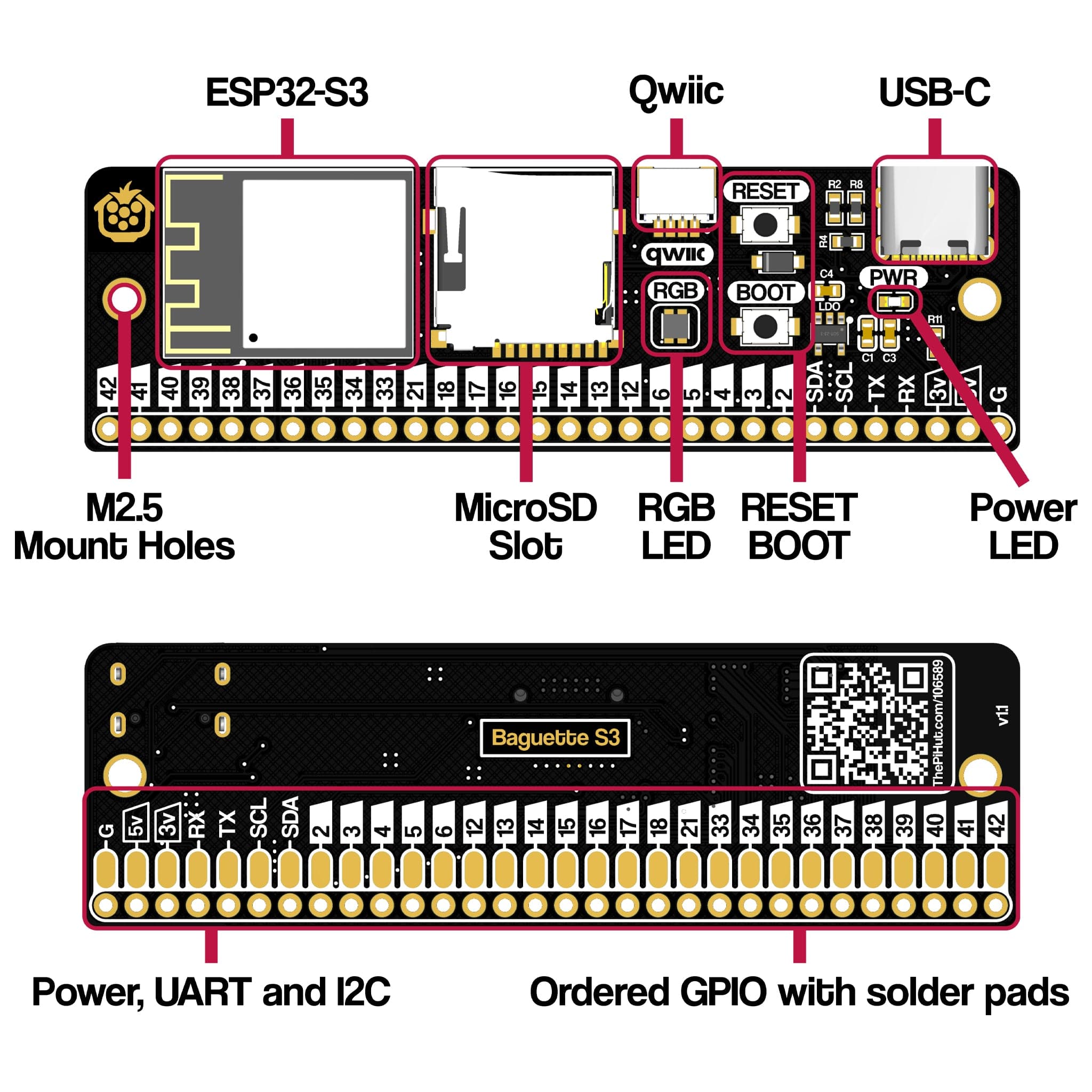
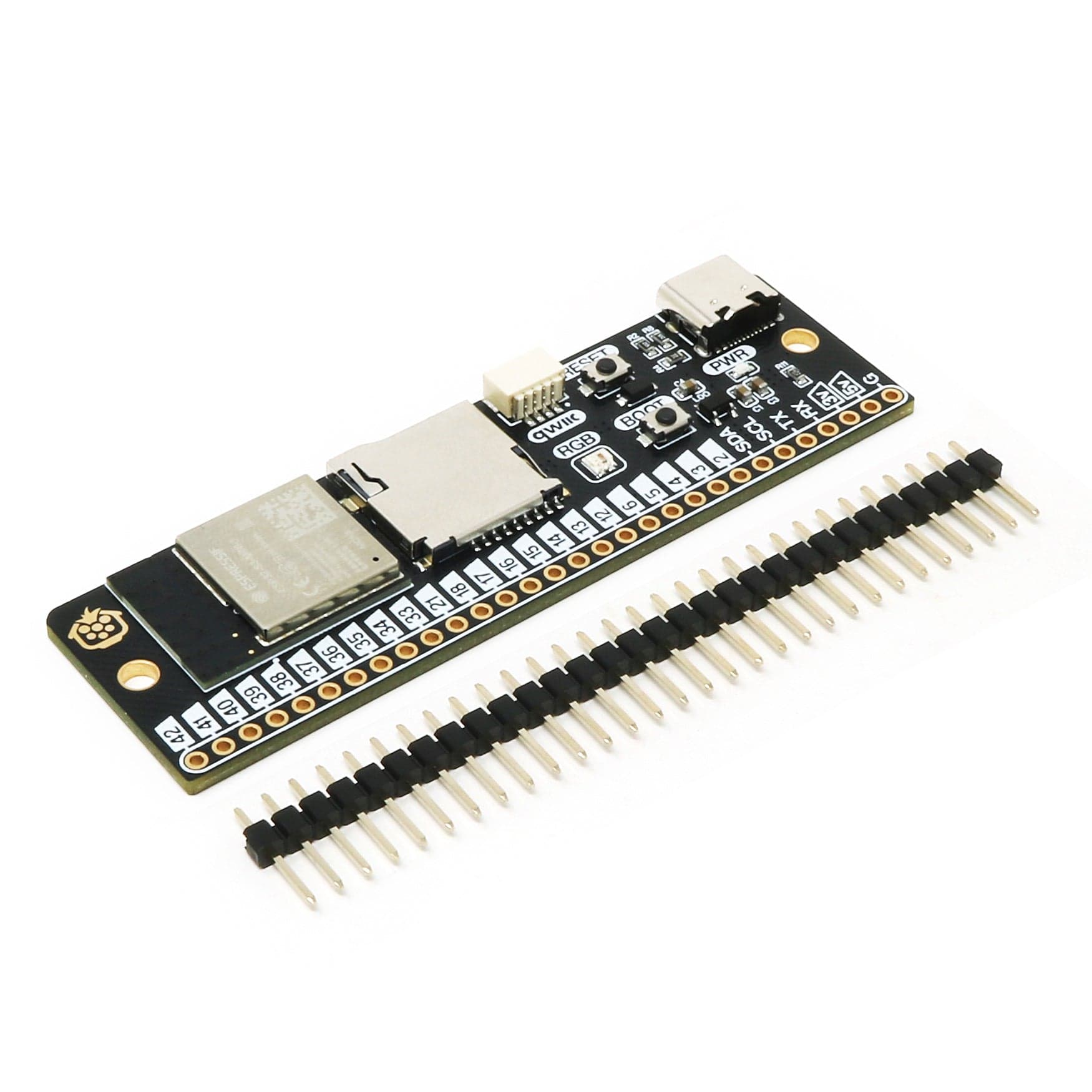
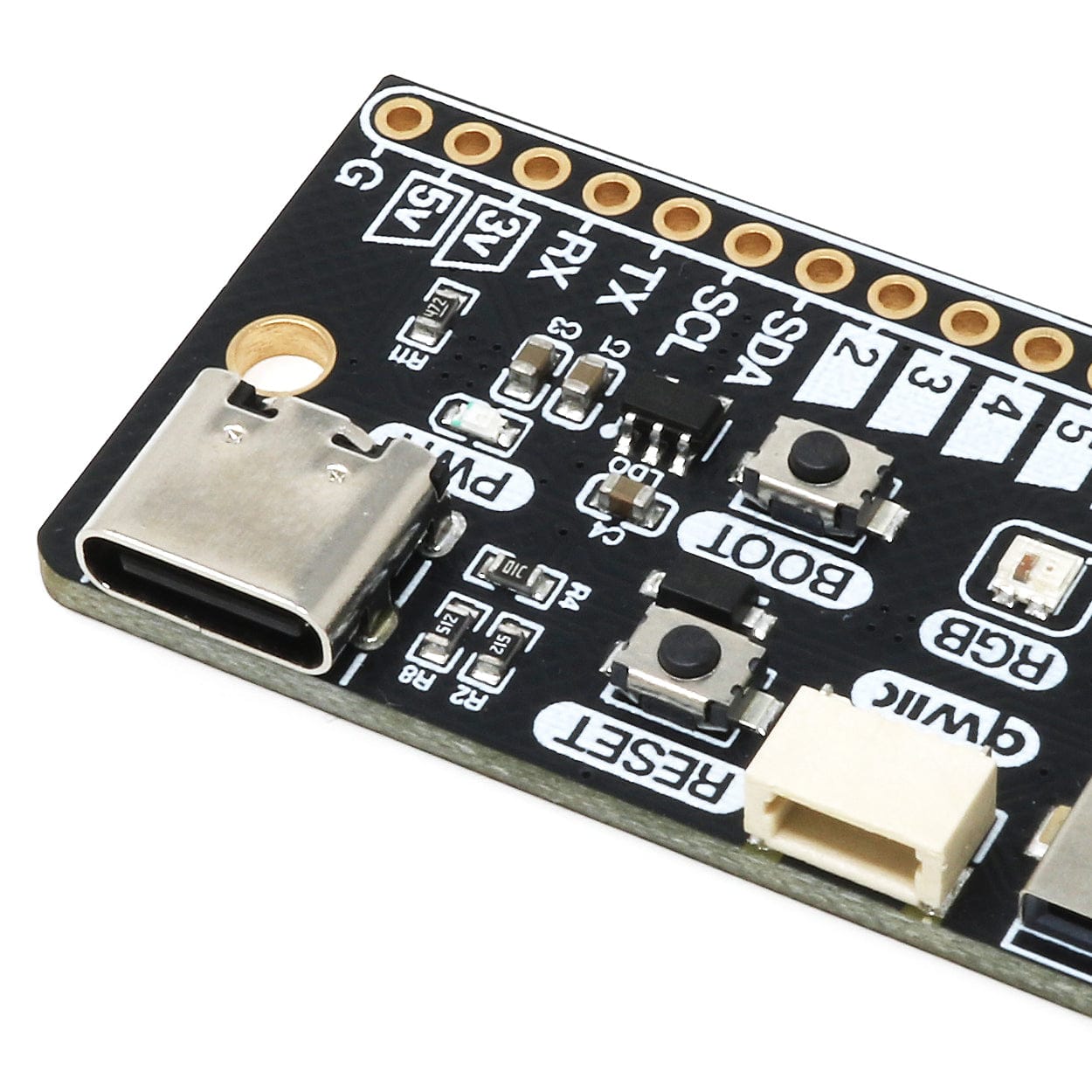
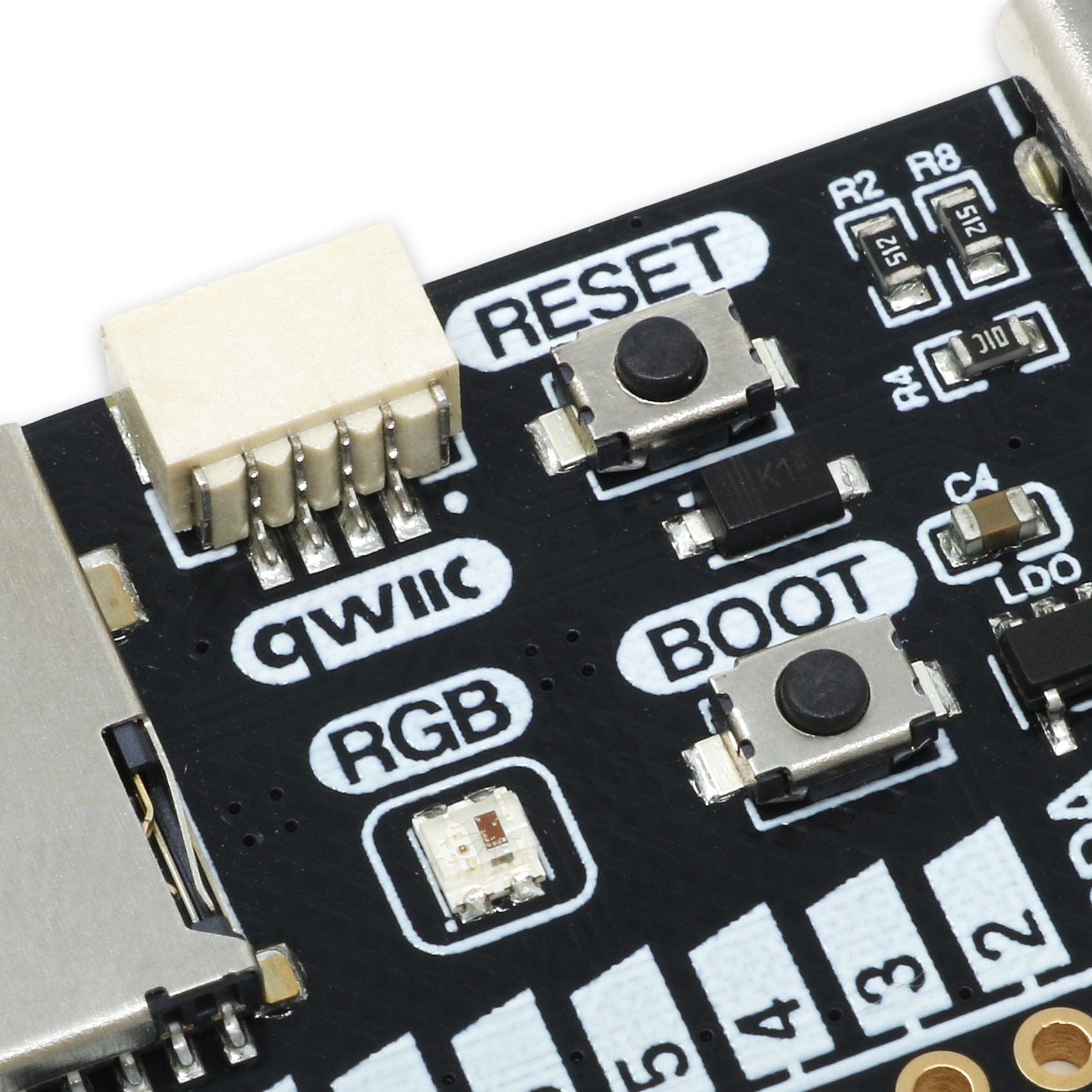
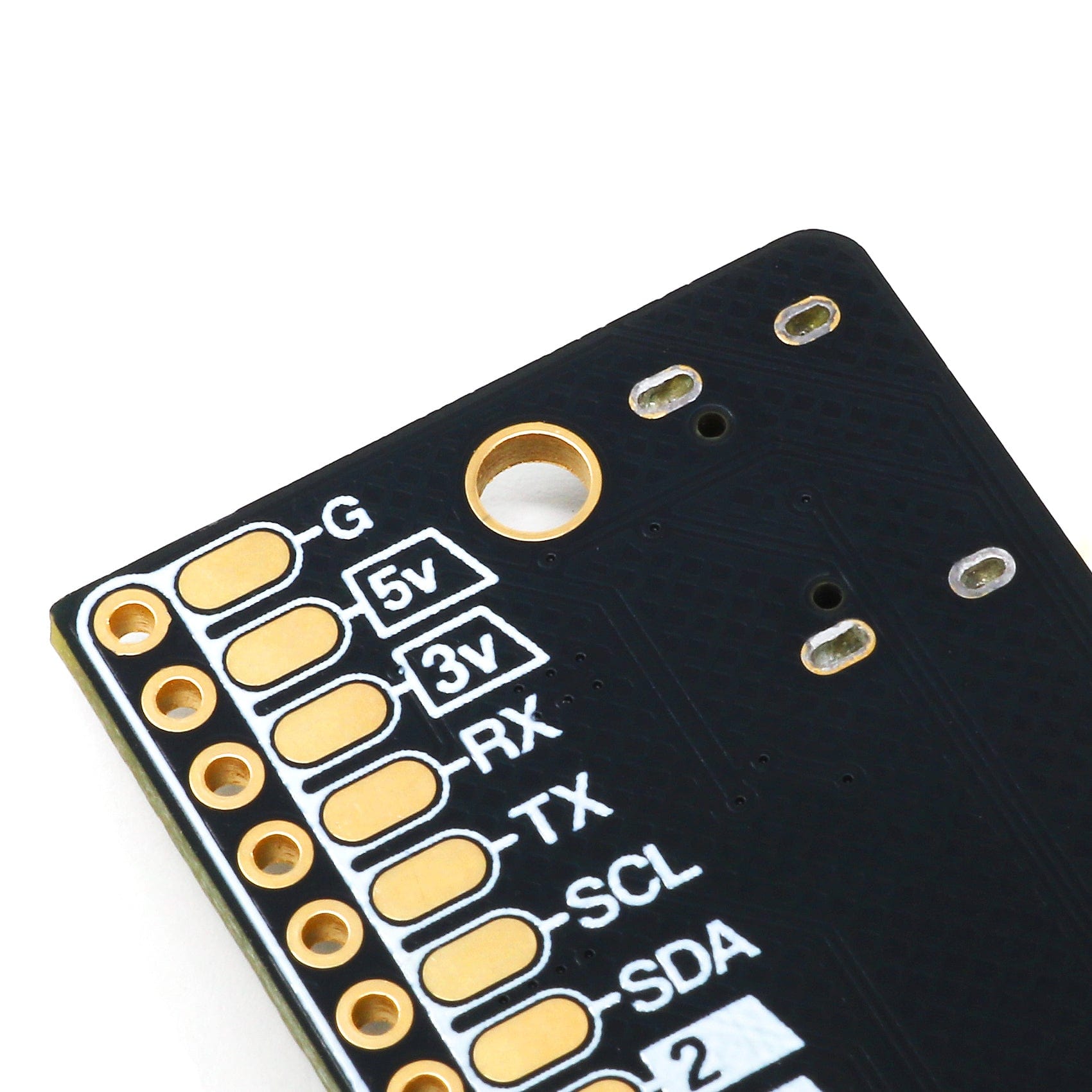
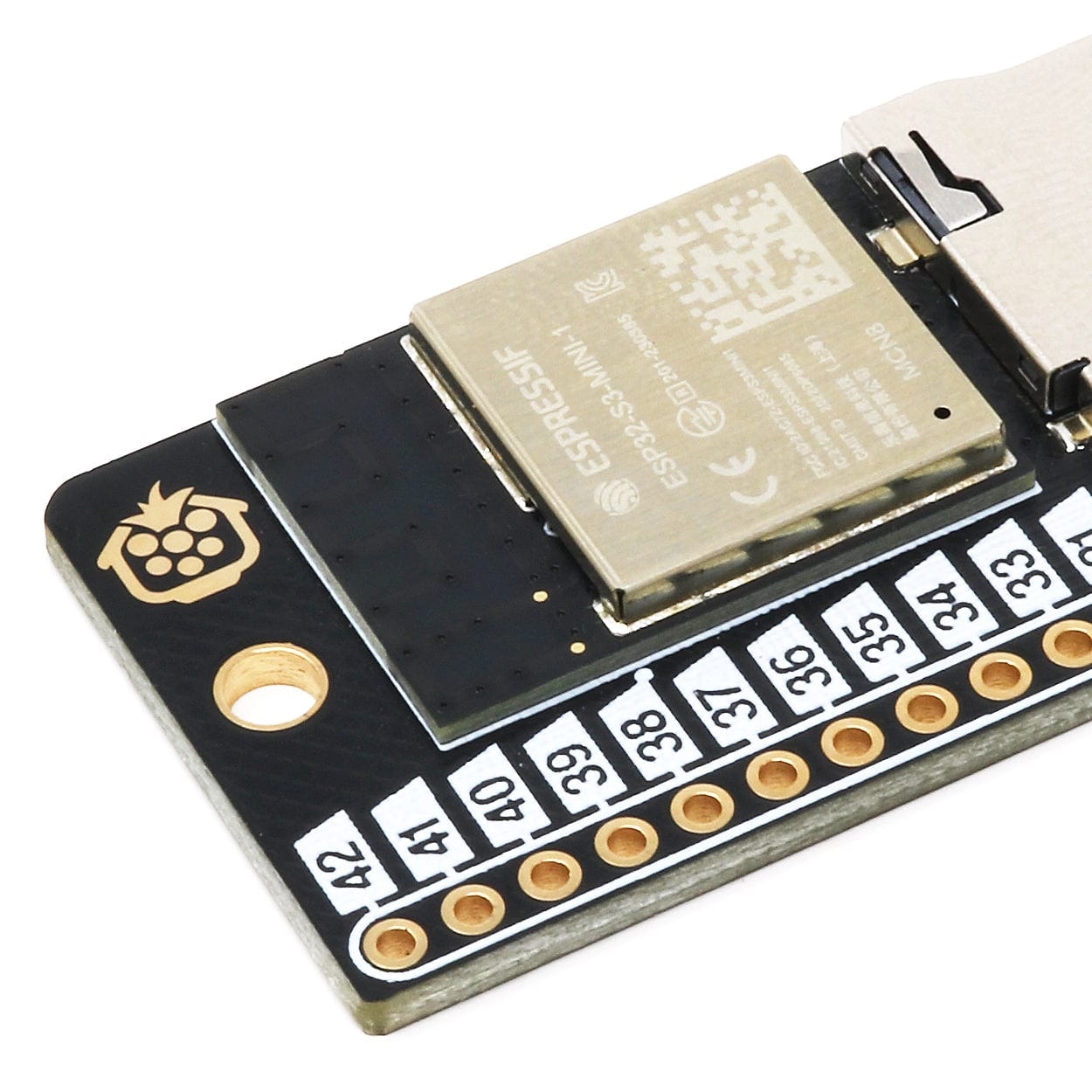
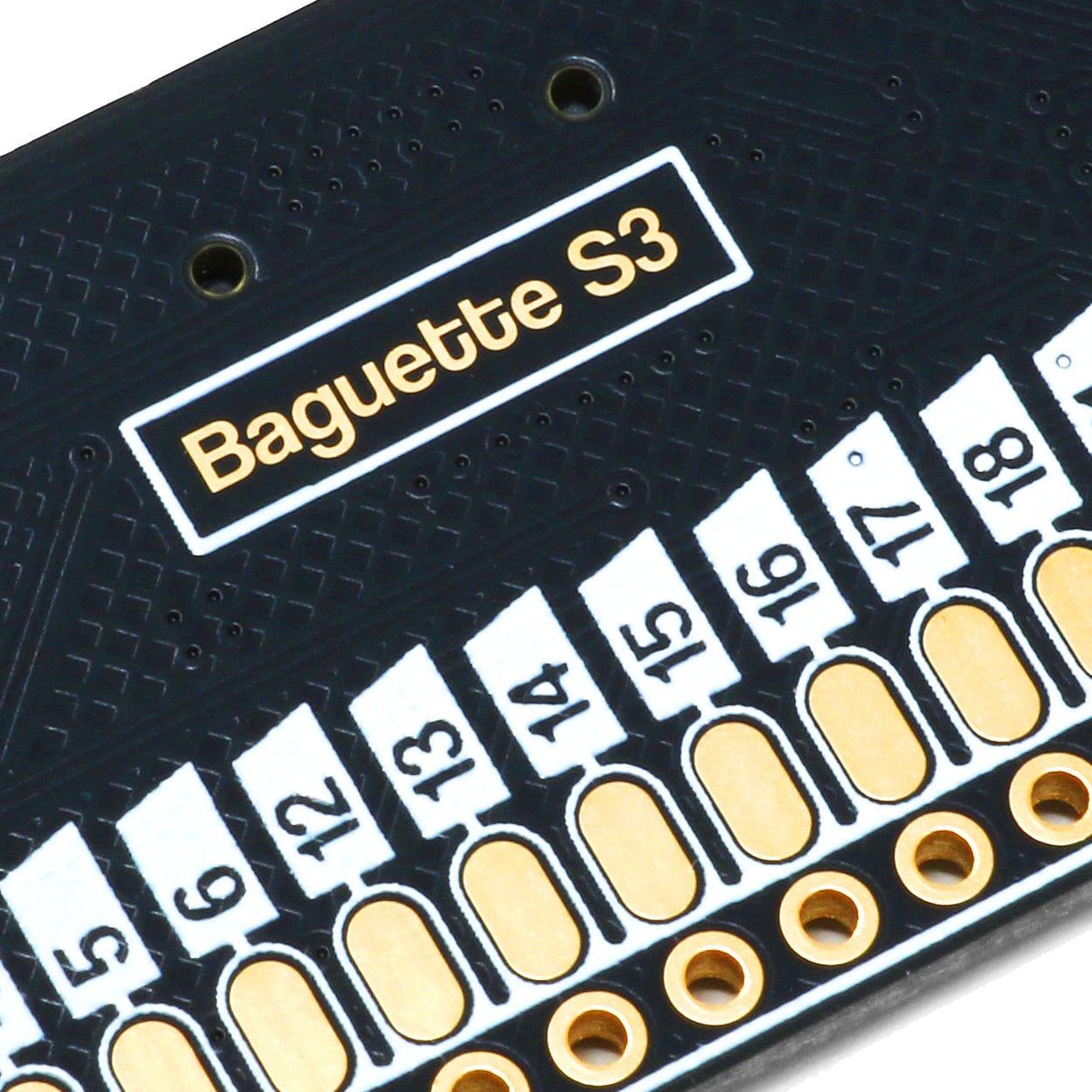

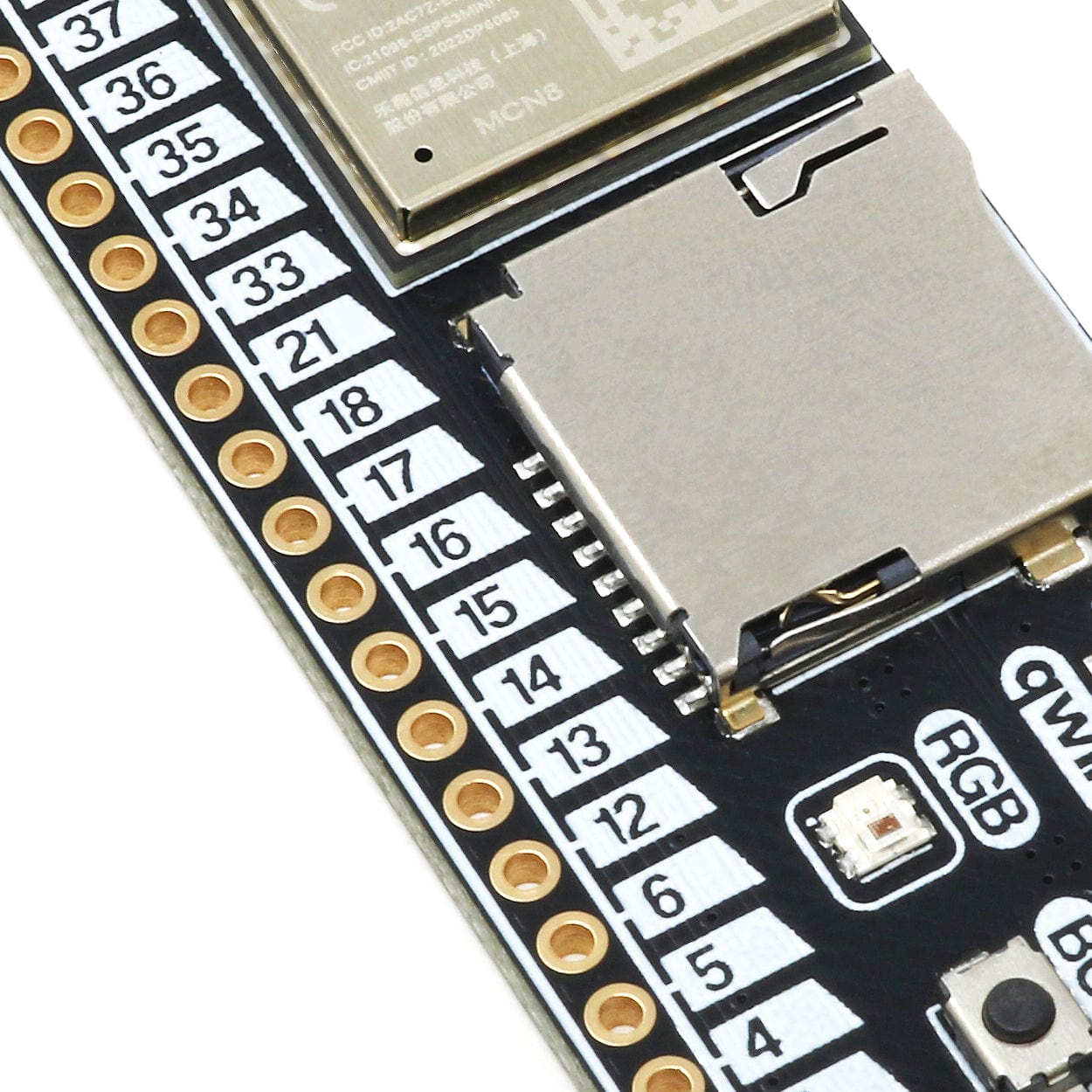
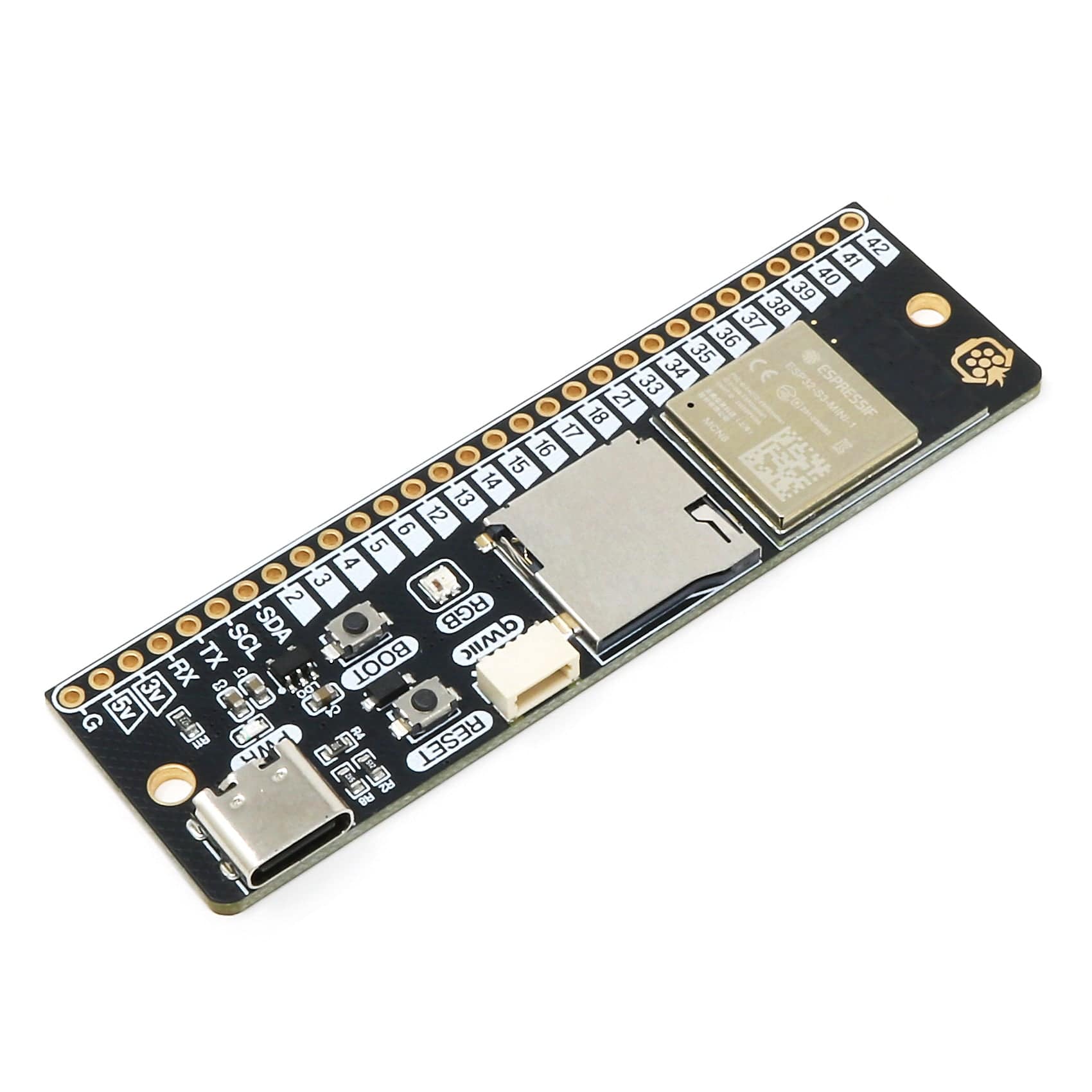
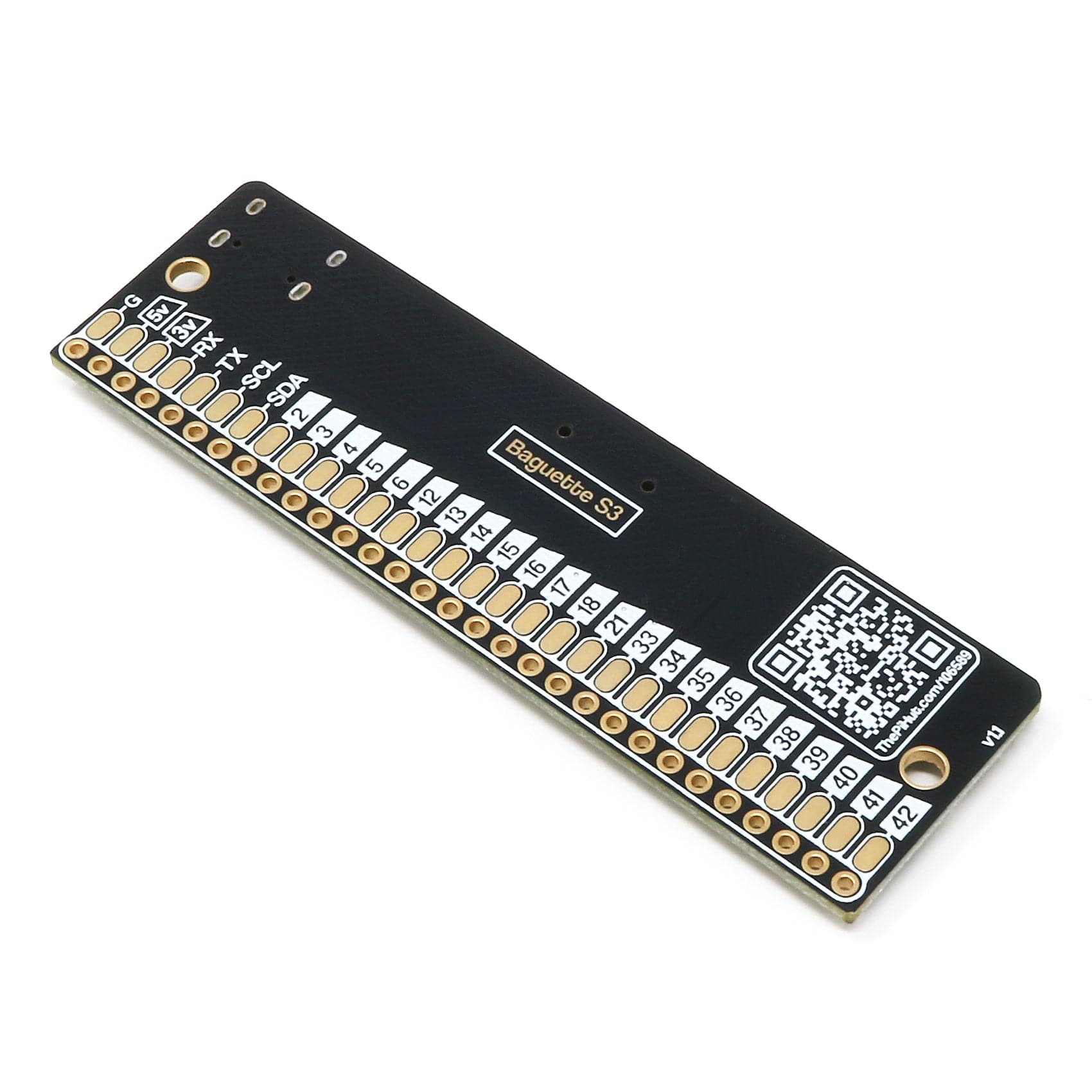

Login / Signup
Cart
Your cart is empty
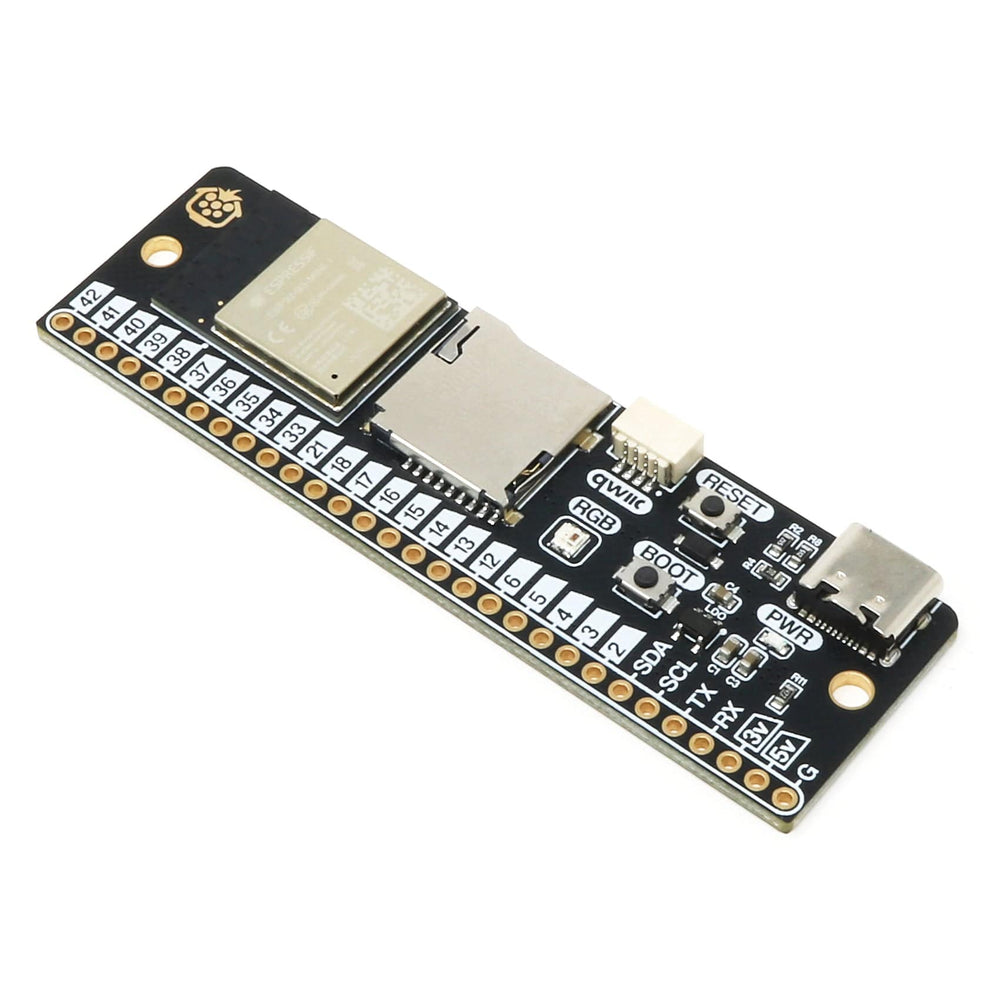
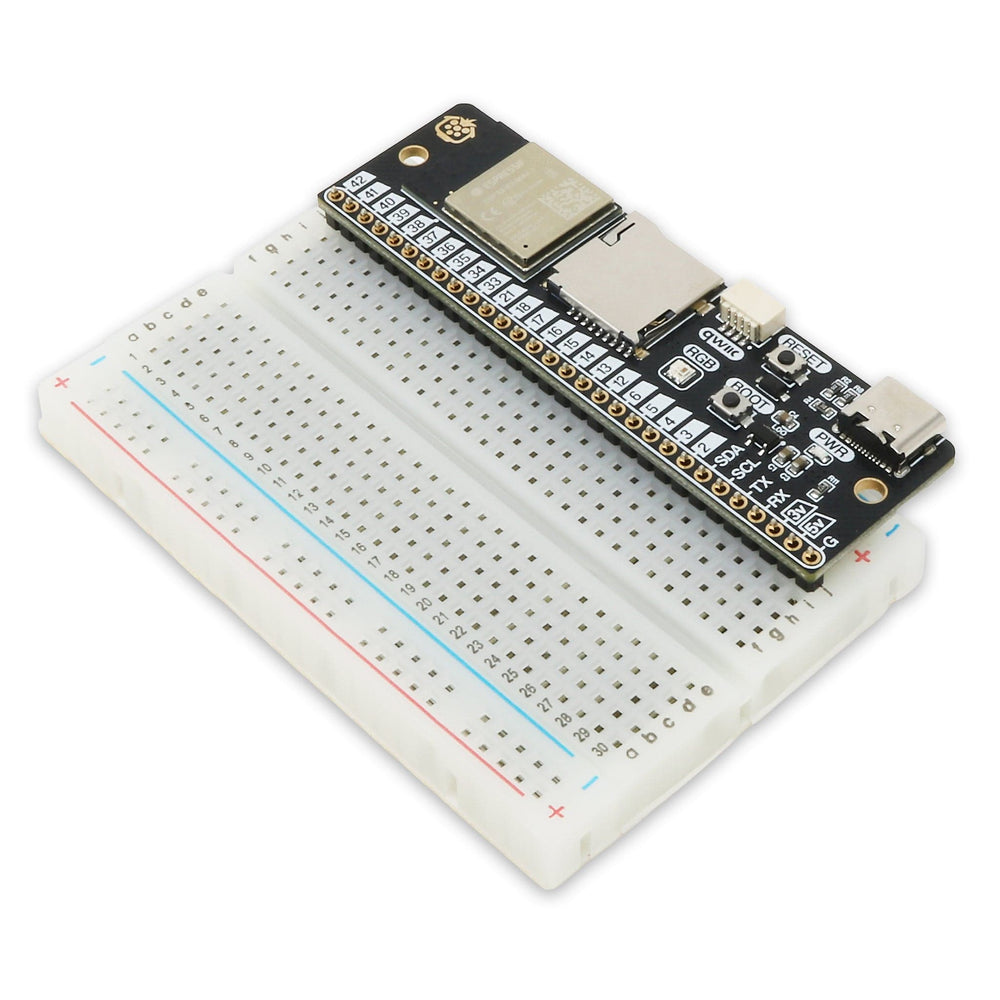
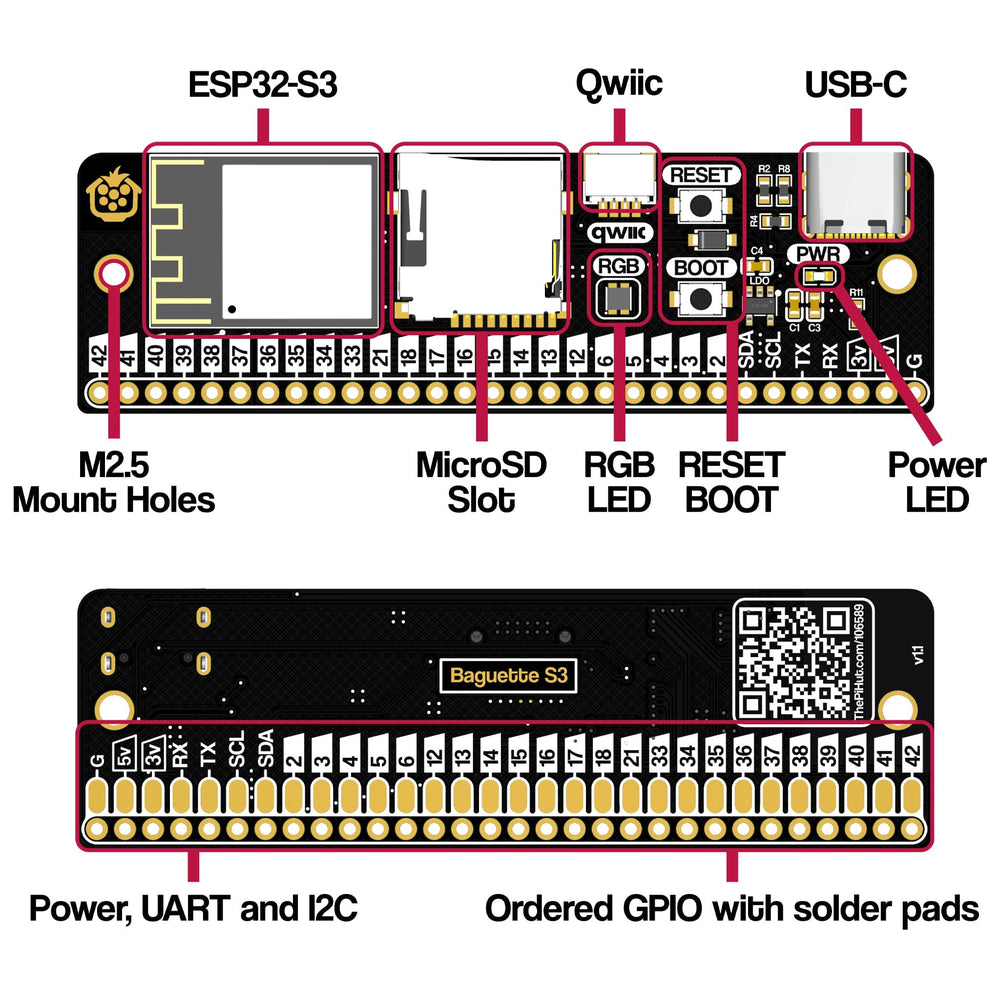
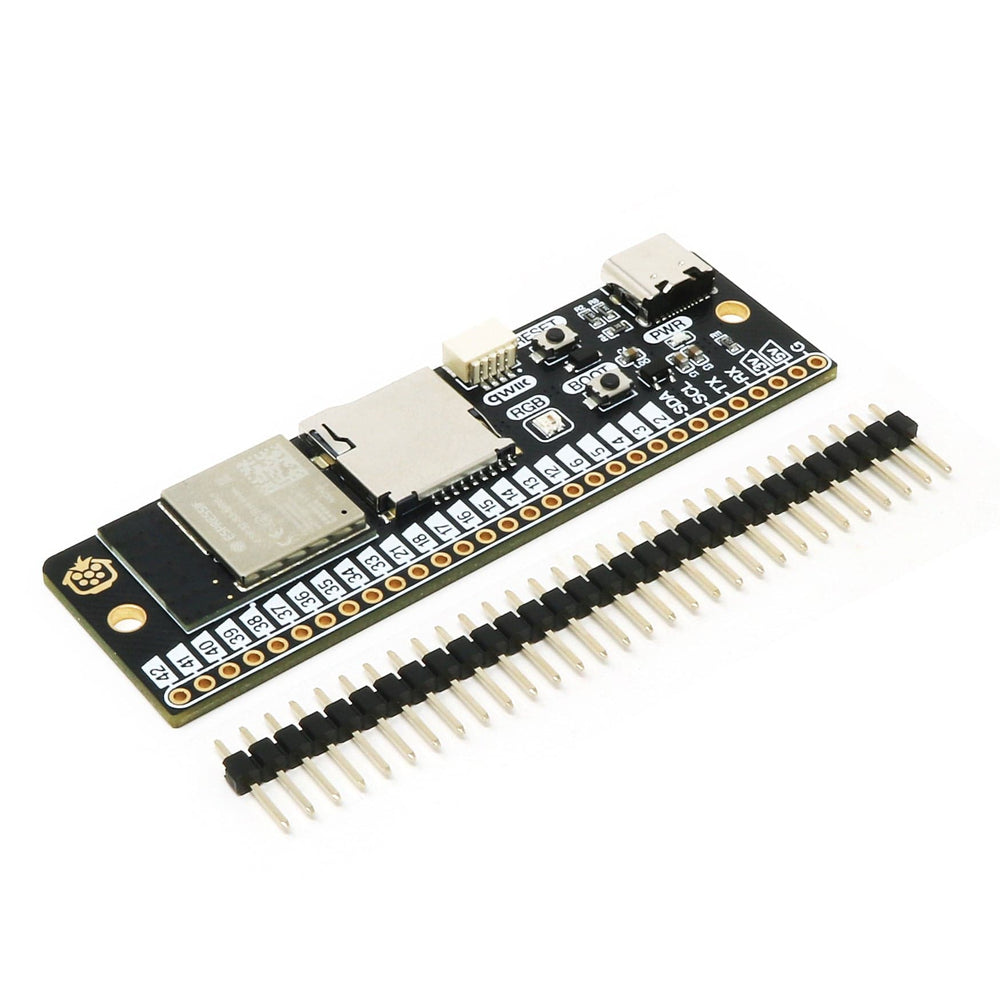
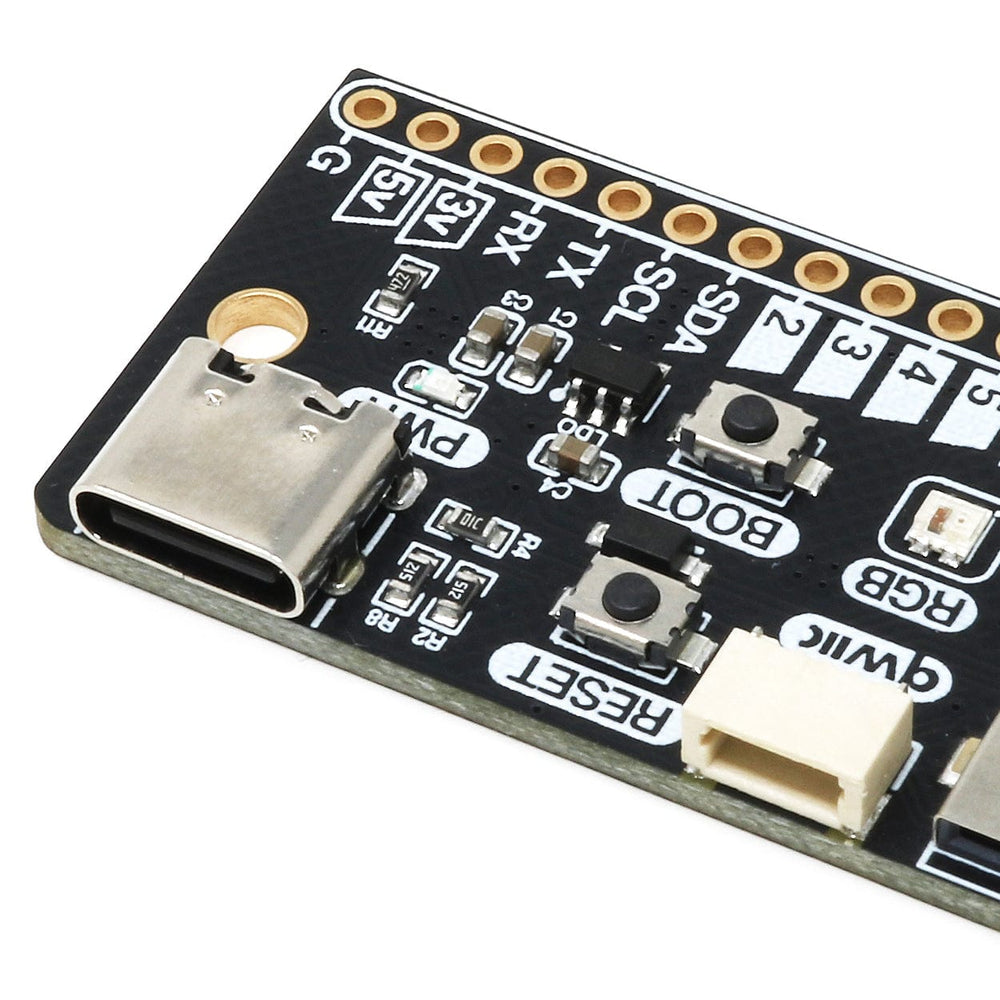
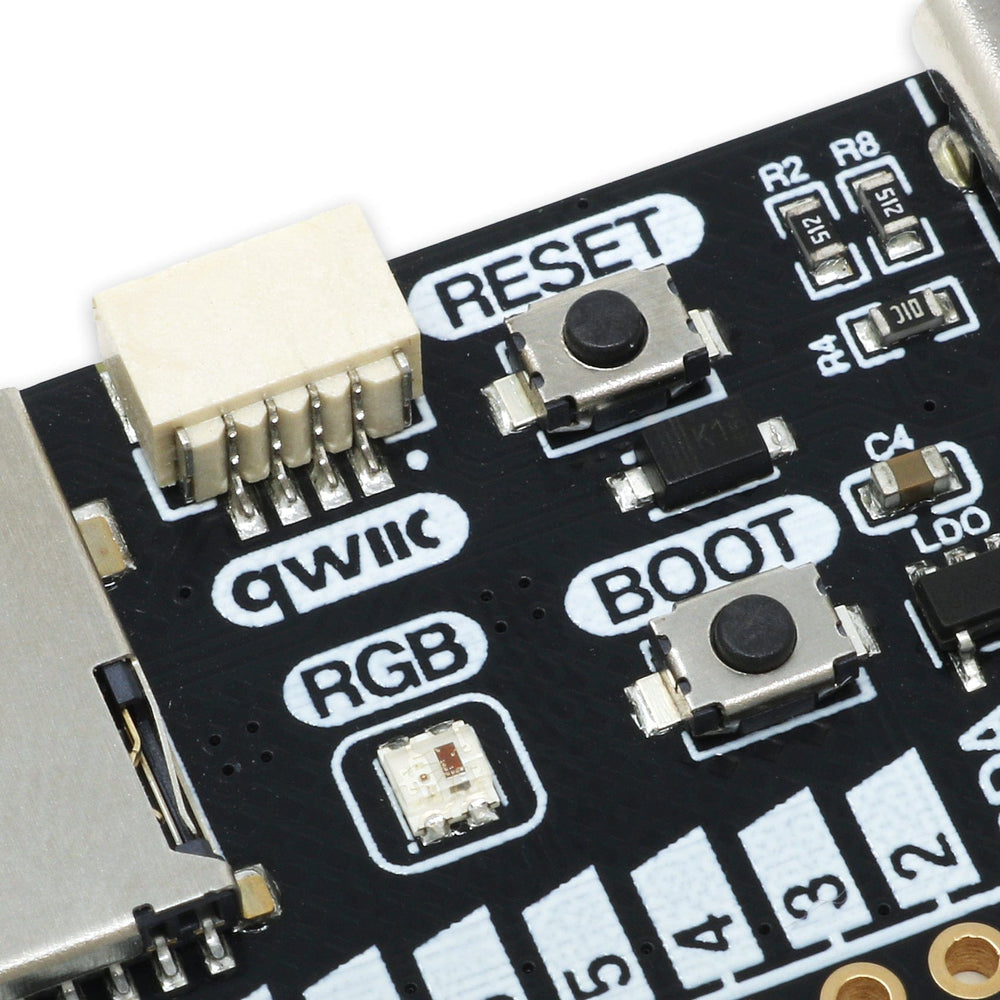
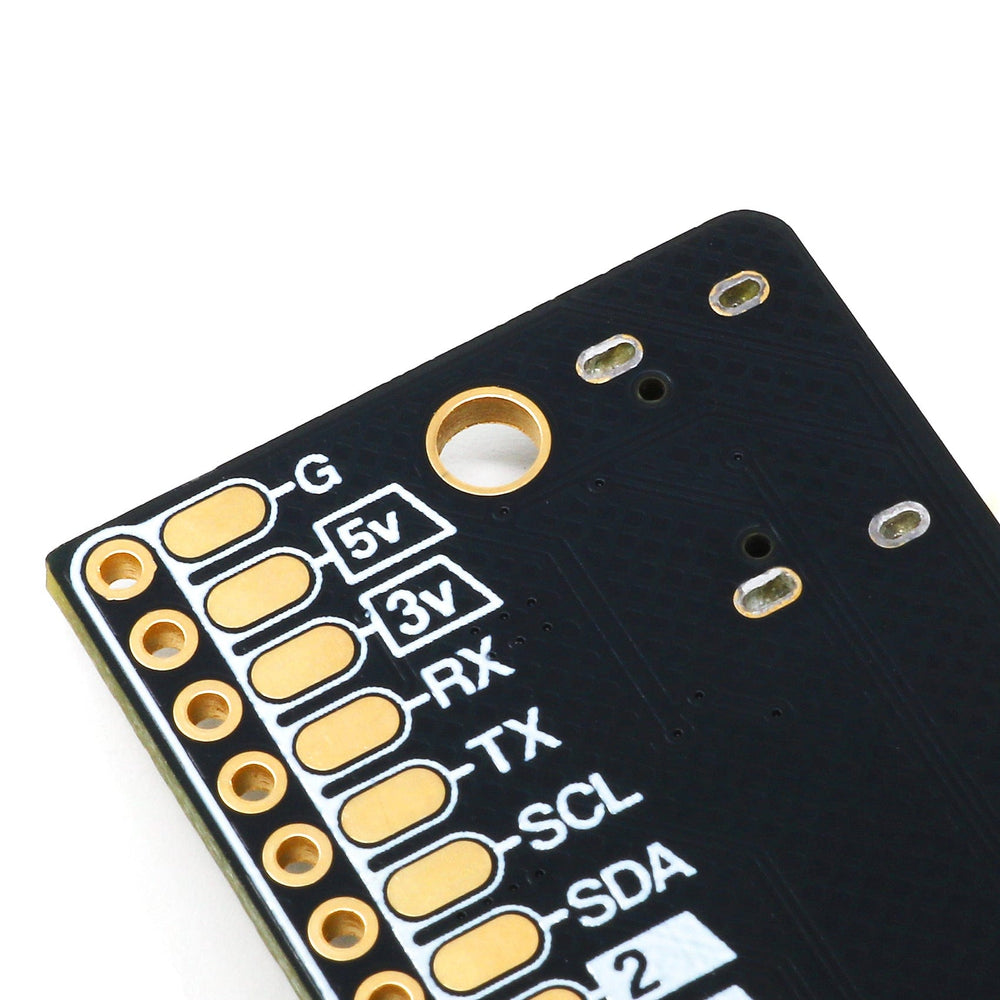
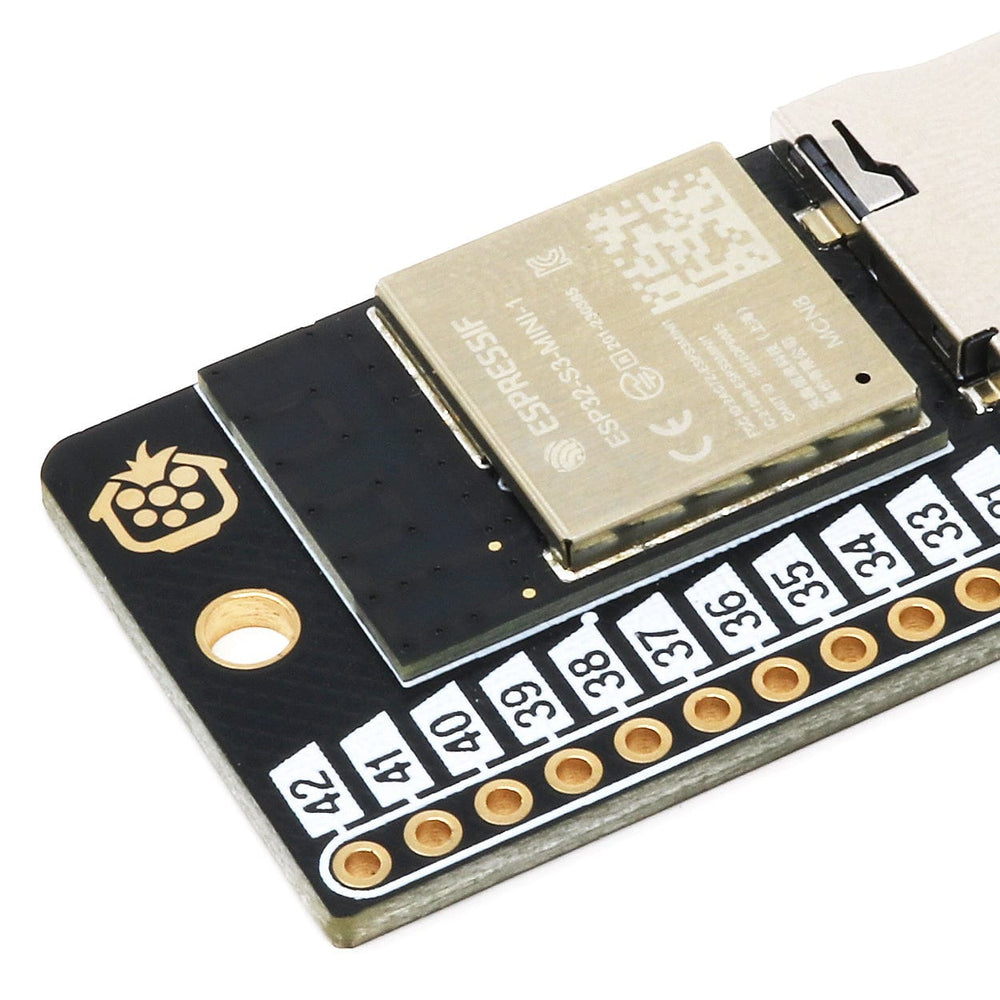

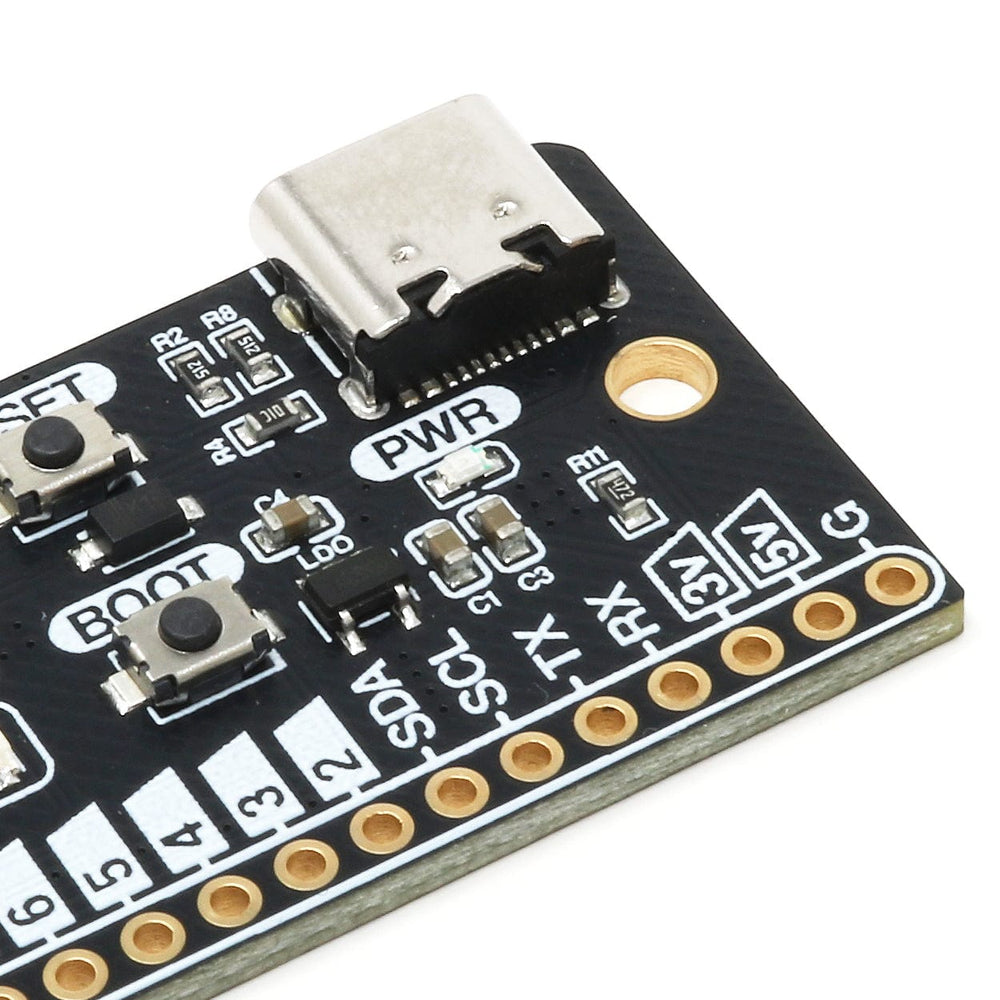
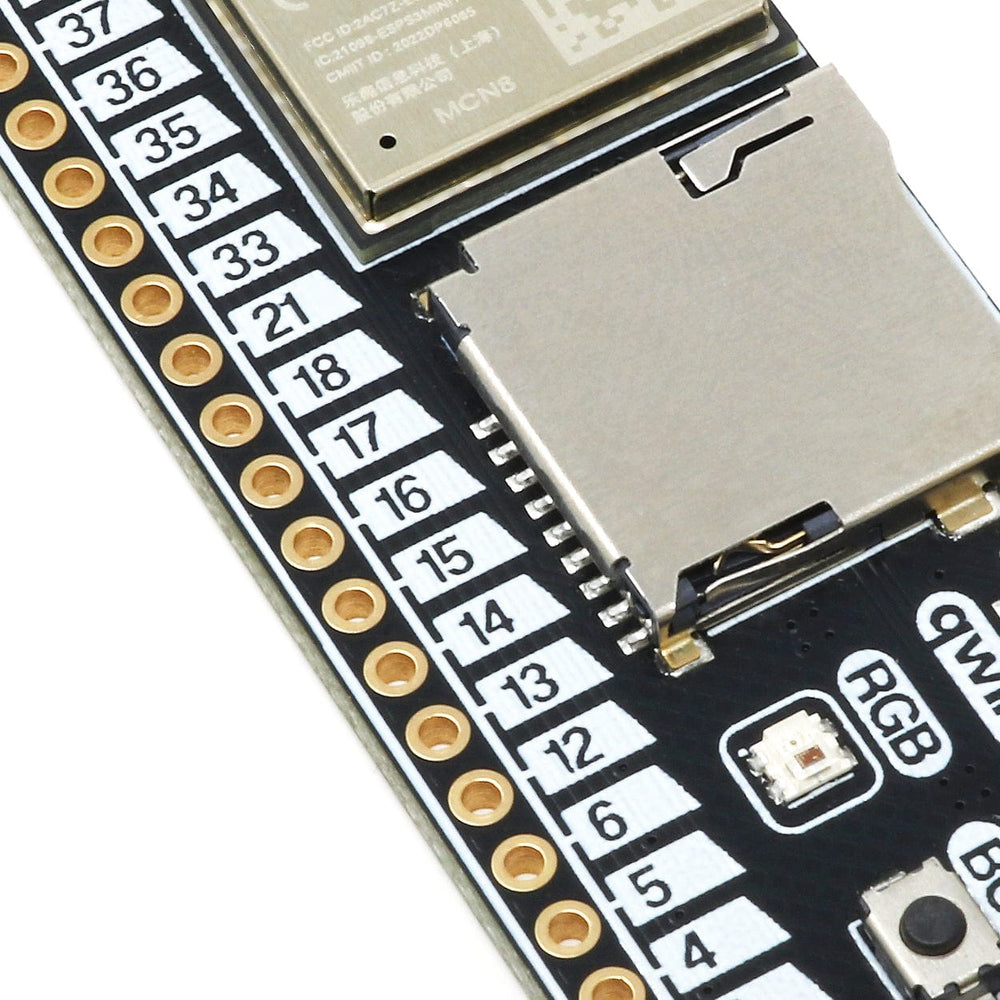
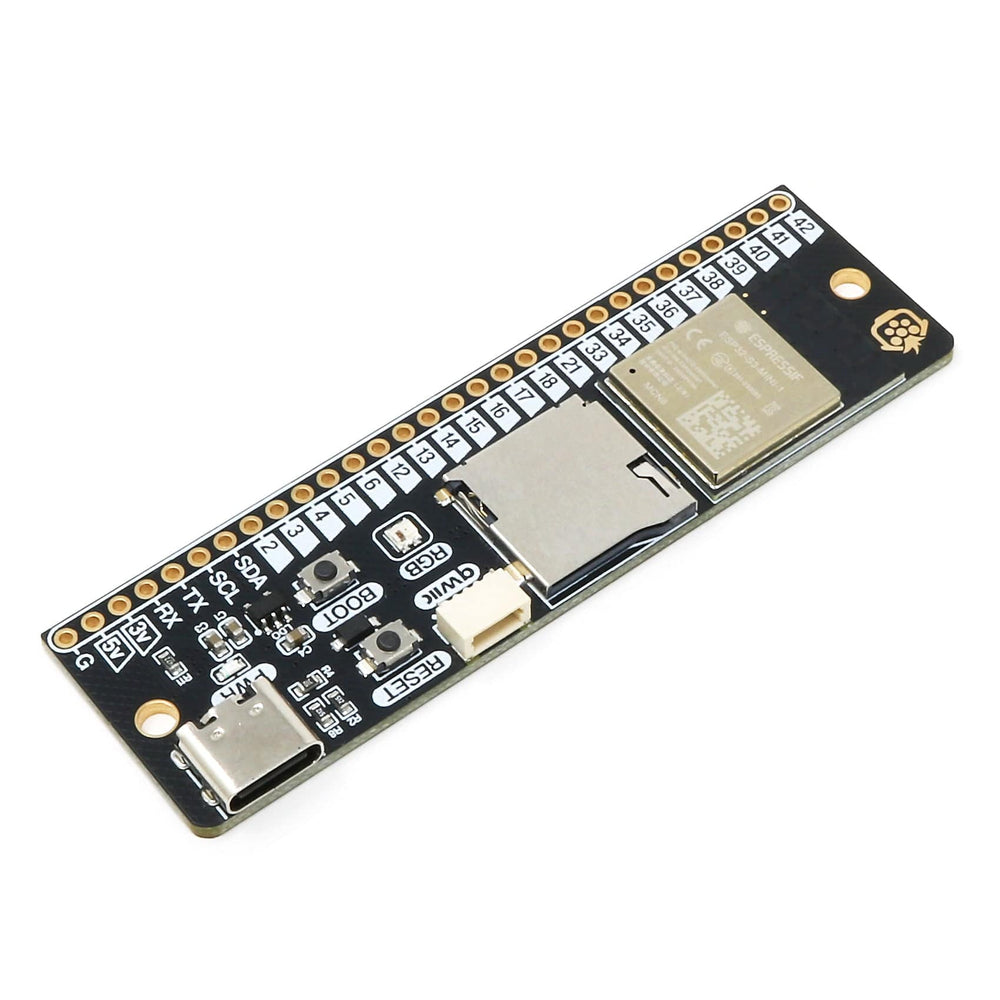
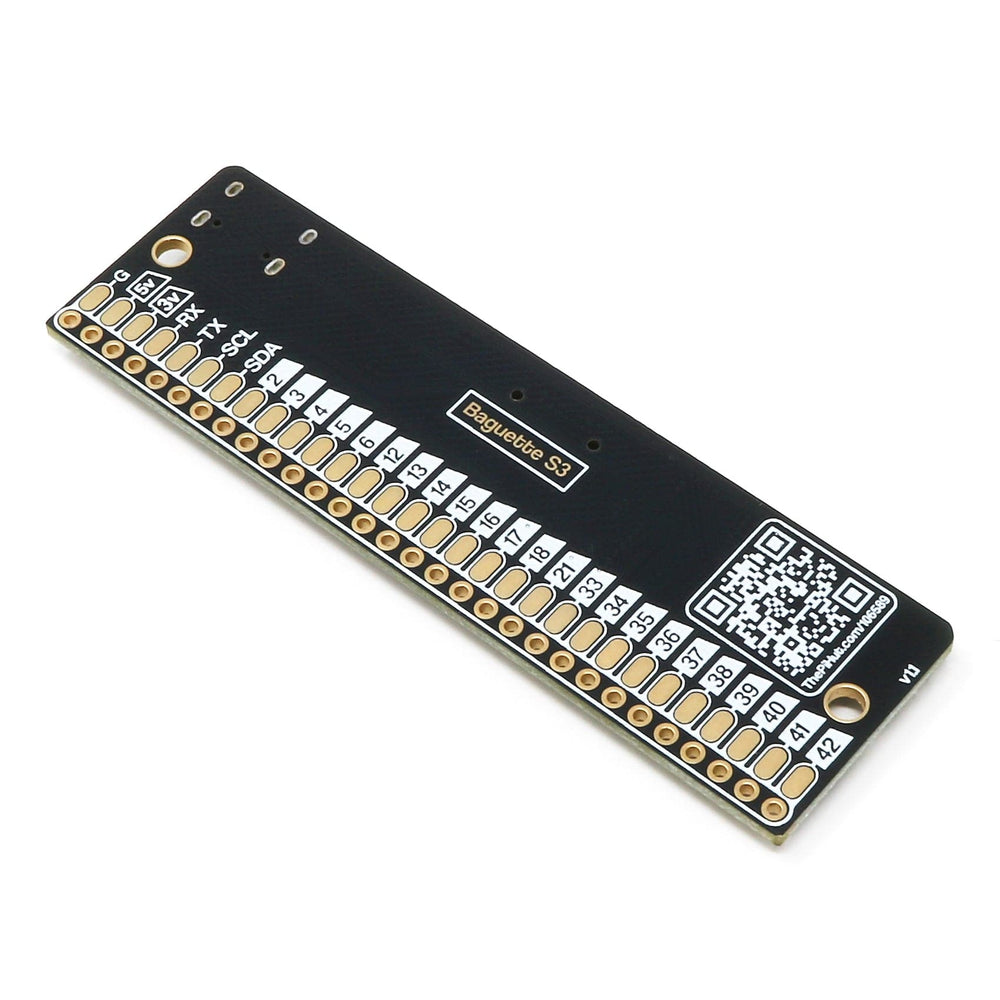
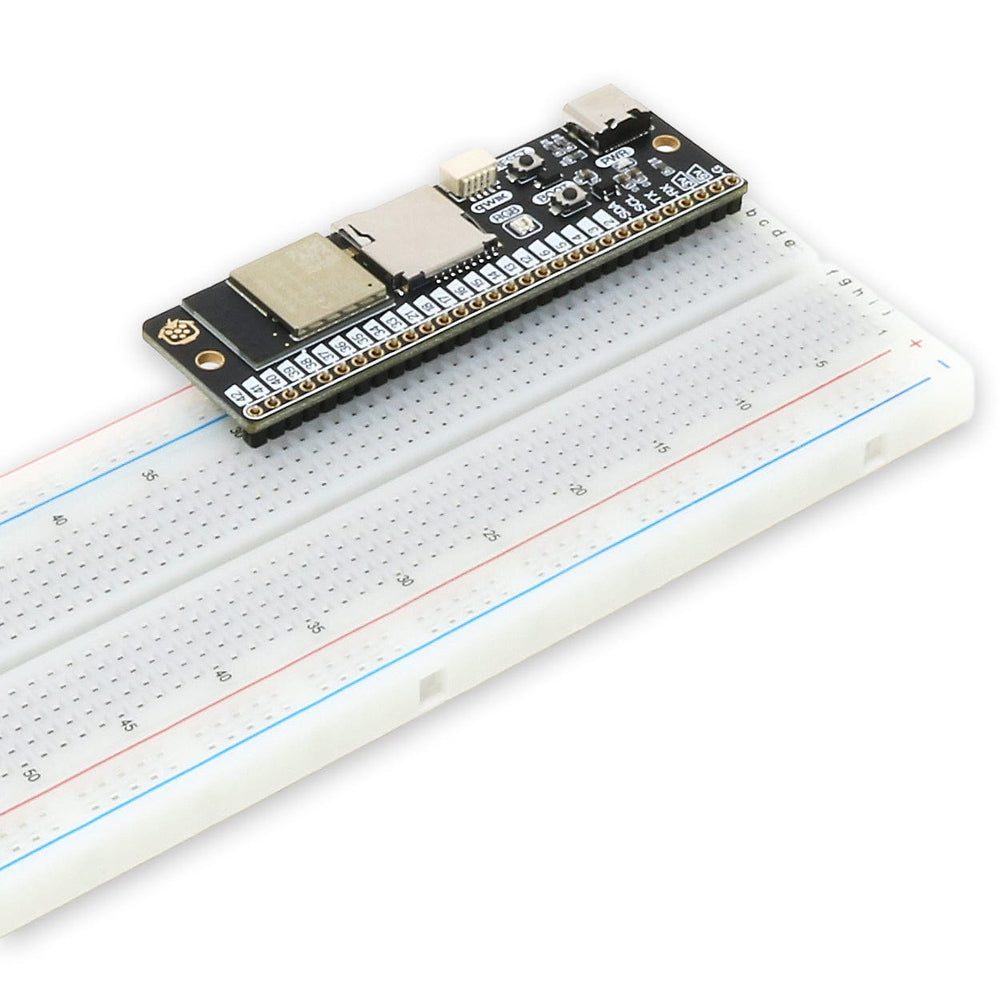
The Baguette S3 is a compact ESP32-S3 development board designed for prototyping ESP-based projects on a breadboard and is great as a general development board too!
We designed this because once fitted to a breadboard, most traditional microcontroller boards usually leave very little space for your project. The Baguette sits on one side, giving you GPIO pins conveniently in order, in a single row, ready to push into a breadboard. It fits perfectly on a half-size breadboard, using all 30 pins on one side - and it's even more useful on a full-size version!
We've used an ESP32-S3-MINI-1-N8 module on the Baguette S3, an Xtensa® dual-core 32-bit LX7 microprocessor with 8MB Flash, offering 2.4GHz Wi-Fi (802.11b/g/n) and Bluetooth 5 onboard. The GPIO pins are conveniently laid out in order, in a single row, ready to push into a breadboard, including power pins, UART (RX, TX) and I2C (SDA, SCL).
The board features USB-C for power and programming, a Qwiic port for connecting Qwiic add-ons (3.3V only), an onboard RGB LED (WS2812C), MicroSD card slot for data logging projects, and RESET and BOOT buttons. We also added a few quality-of-life touches, like the underside soldering pads as an easier way to solder/re-solder bare wires, M2.5 mounting holes, and high-quality ENIG gold plating to resist corrosion.
The board ships unsoldered with a loose header strip in the package. Why? Well, we simply don't know what your plans are for your Baguette S3. Some will solder the header for breadboard usage. Others will embed the board into a project and solder wires directly. Some won't solder anything at all!
Our online guide will get you up and running, showing you how to use the features in Arduino IDE and ESPHome via Home Assistant.
USB-C cable and breadboard not included.
Let's talk about the name, shall we?
We designed this 'stick' primarily for breadboard usage however 'BreadStick' was already being used by other products, so we got our bread-based thinking caps on. Someone suggested 'Baguette' as a fitting alternative - we all laughed at them - and then (most likely due to a lack of better options) finally agreed that it works well!
🥖 Breadboard-lovin' dev board designed for prototyping projects
🧠 ESP32-S3 microcontroller with WiFi and Bluetooth
📌 GPIO pins in order, in a single row perfect for breadboard usage
🔌 Qwiic port for connecting Qwiic/STEMMA QT modules
🌈 RGB LED for adding blinky to your projects
💾 MicroSD slot add data storage to your projects
🔘 RESET and BOOT buttons because...you need them
↩️ Underside solder pads for easy wire soldering and re-work
🔩 M2.5 mounting holes for fiddly-free mounting
🪙 ENIG (Gold) PCB plating for oxidation resistance and durability
💸 30-pin 2.54mm male header strip included!
| Microcontroller | Module | ESP32-S3-MINI-1-N8 |
| Flash | 8MB | |
| ROM | 384KB | |
| SRAM | 512KB | |
| Wi-Fi | 2.4GHz 802.11b/g/n | |
| Bluetooth | 5 (LE) | |
| Wireless antenna | On-board PCB antenna | |
| GPIO | 23 general-purpose GPIO pins | |
| SDA | ||
| SCL | ||
| TX | ||
| RX | ||
| GPIO pin pitch | 2.54mm/0.1" | |
| RGB LED | WS2812C | |
| SD slot format | MicroSD | |
| Power input | Via USB-C | 5V 500mA* |
| Via 5V/GND pads | 5V 500mA* | |
| Via 3V/GND pads | 3.3V** 500mA* | |
| Regulator | ME6211 3.3V LDO 3.3V | |
| Dimensions | Board (approx.) | 77.5mm x 23.7mm |
| Mounting holes | M2.5 | |
| Weight | ~13g | |
*We state a 500mA minimum because most USB sources offer at least this, but in reality, the board will use a lot less (depending on what you are doing with it).
** Powering via 3.3V requires a well-regulated 3.3V power source. We don't recommend powering the board this way - best to stick to the 5V pads and let that run through the onboard ME6211 LDO regulator.
Note: top corner radius is 2.25mm, bottom corner radius is 1mm.
USB-C cable and breadboard not included















